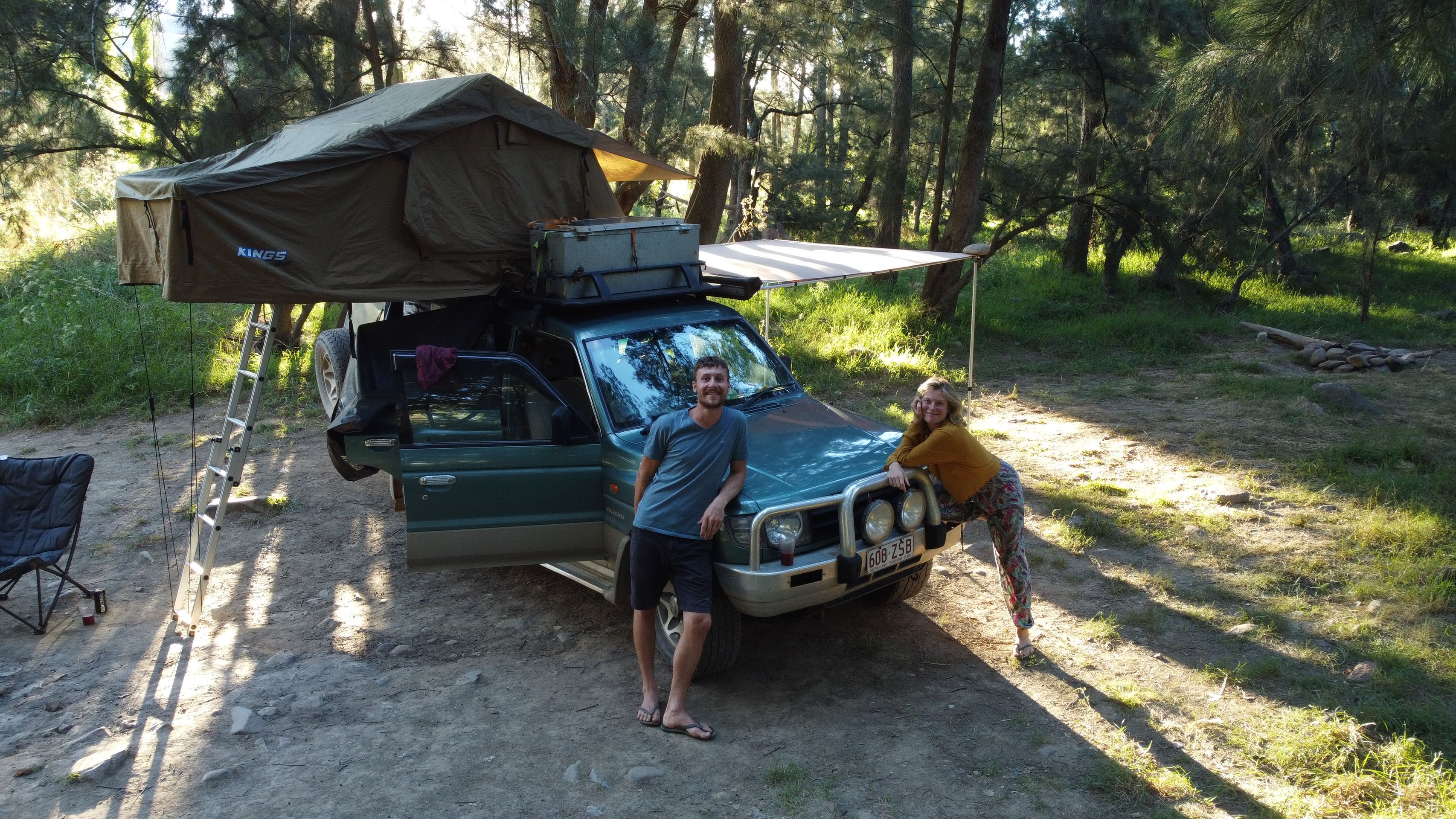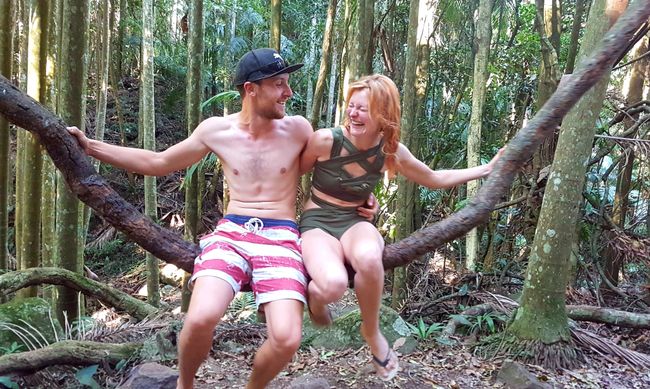Welcome to the Northern Territory
Yayınlanan: 13.11.2020
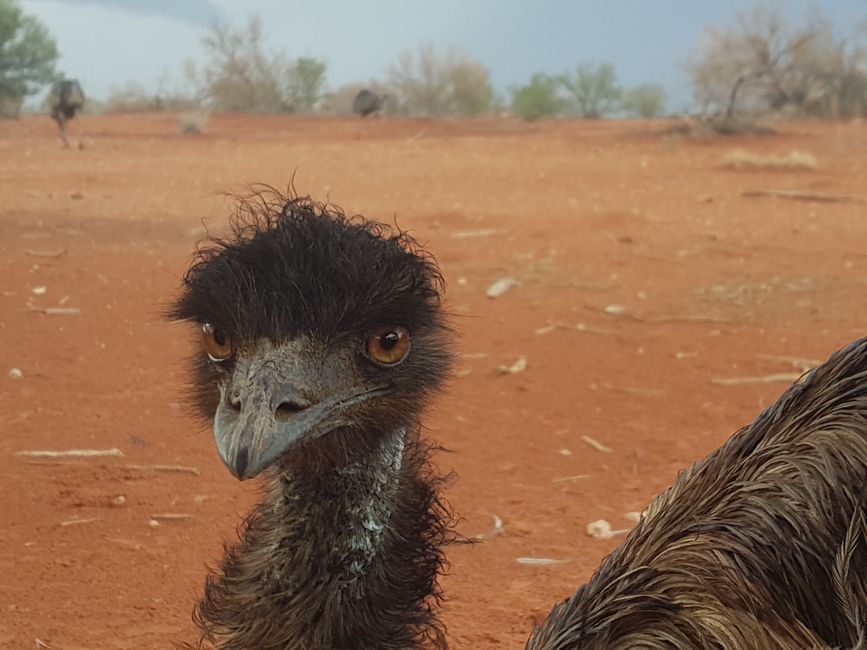
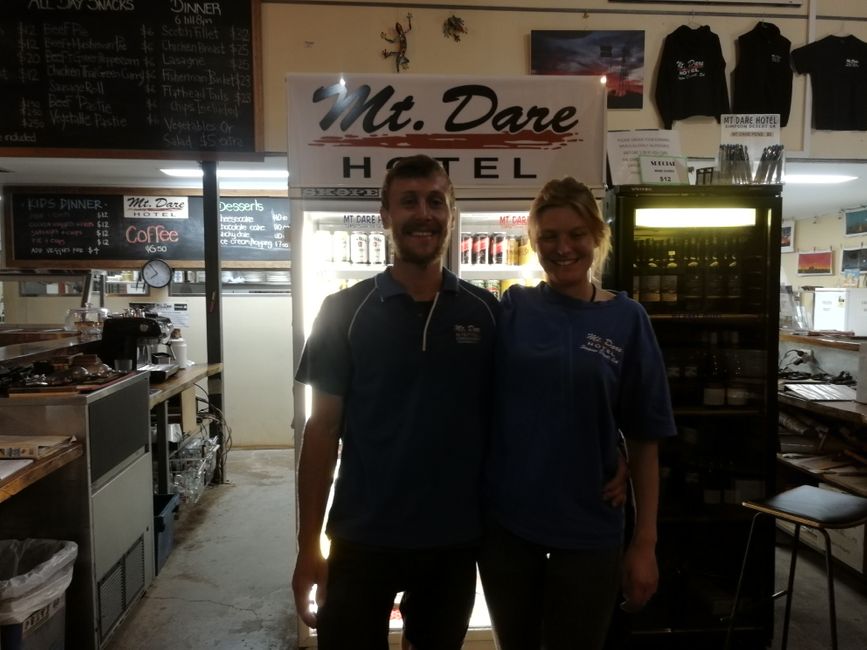
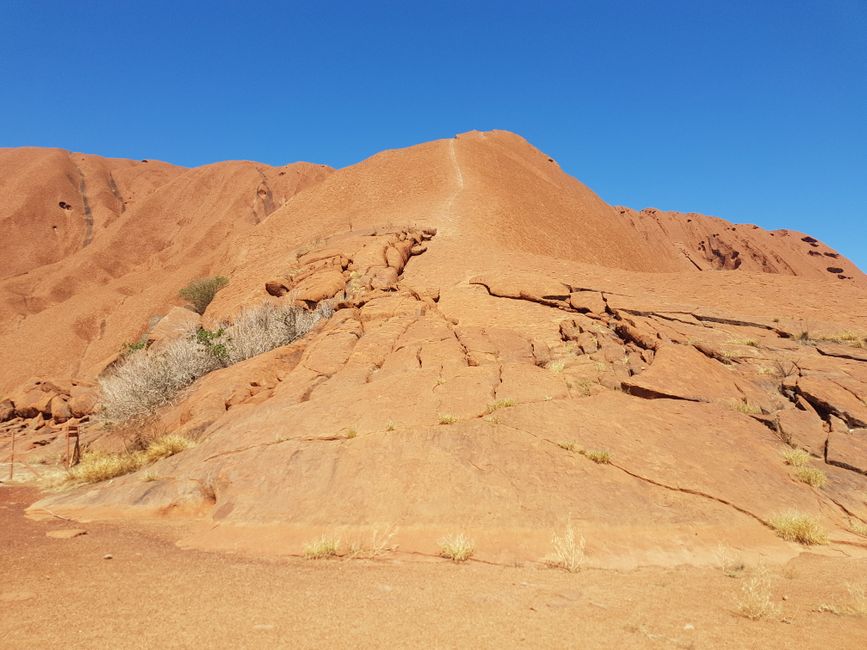
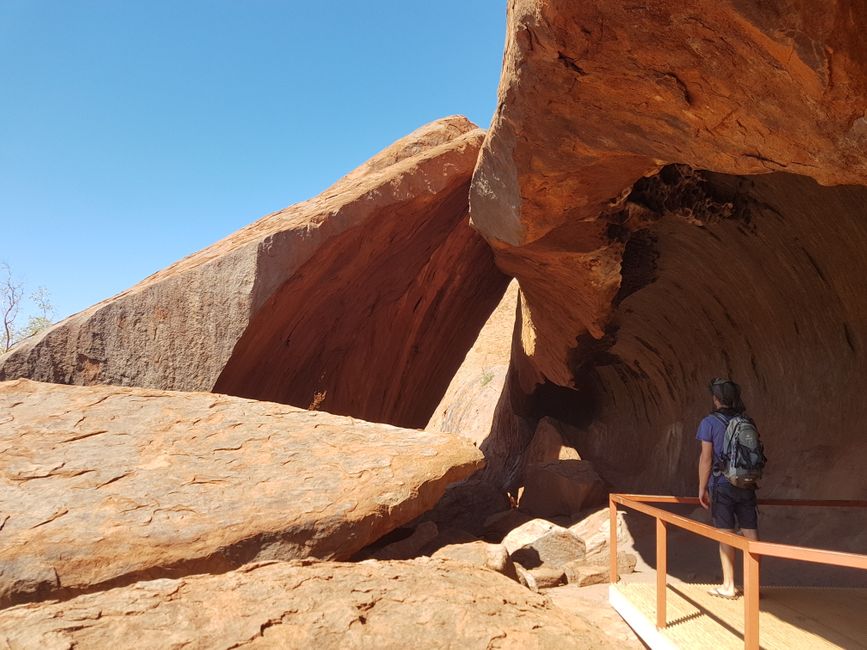
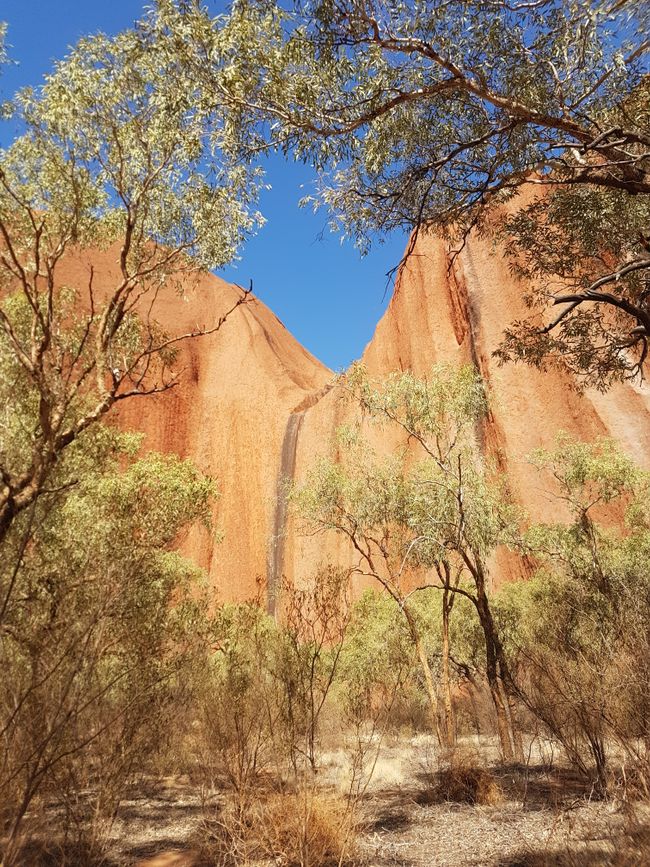
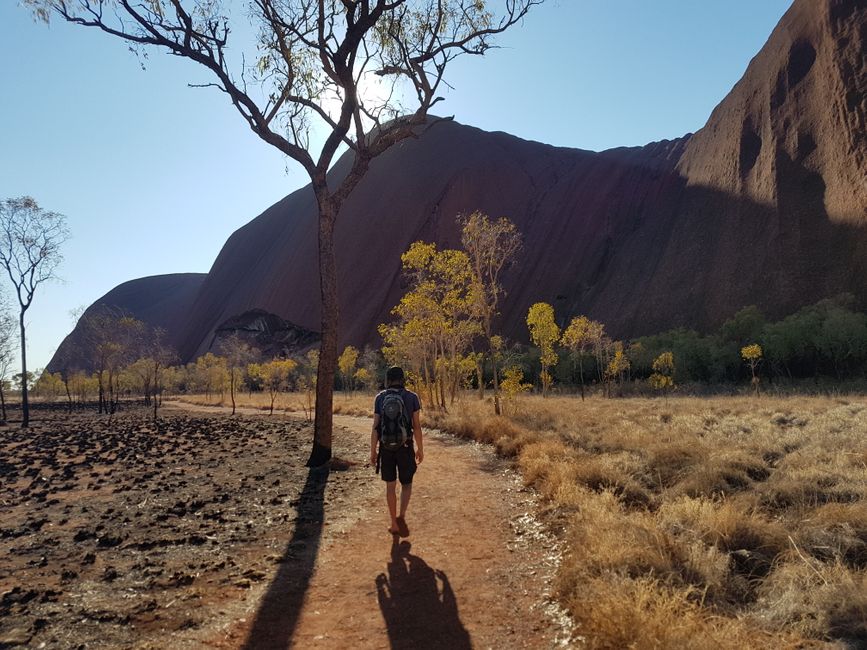
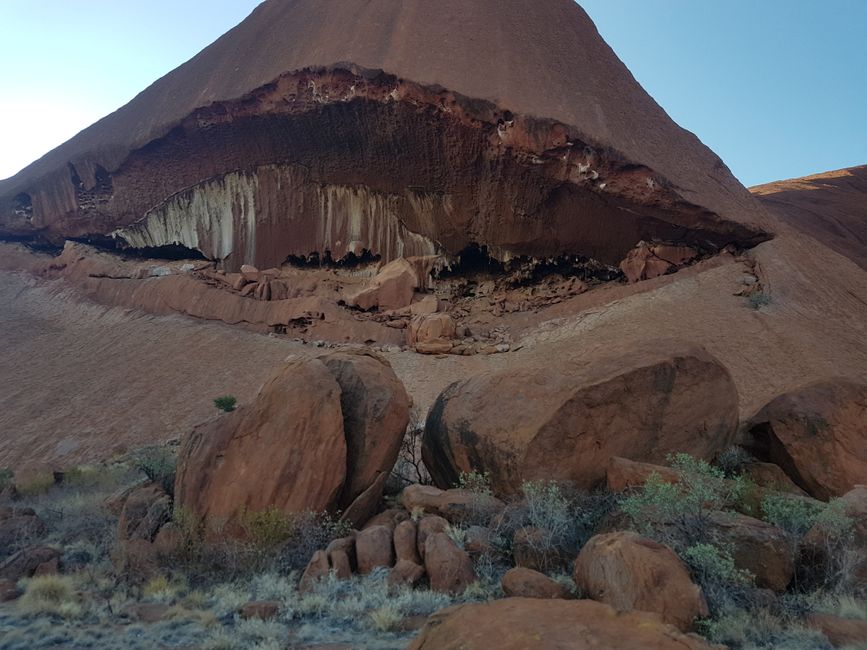
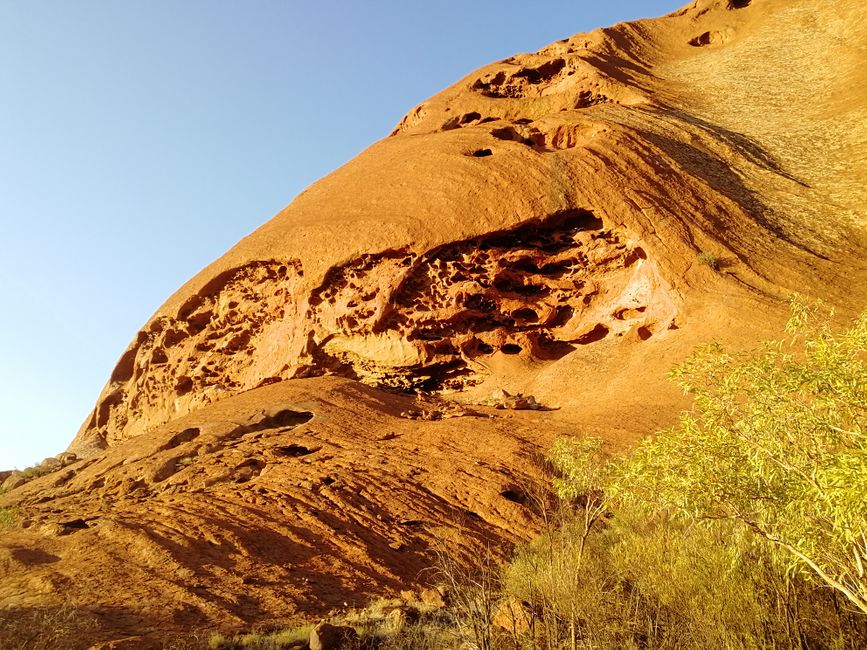
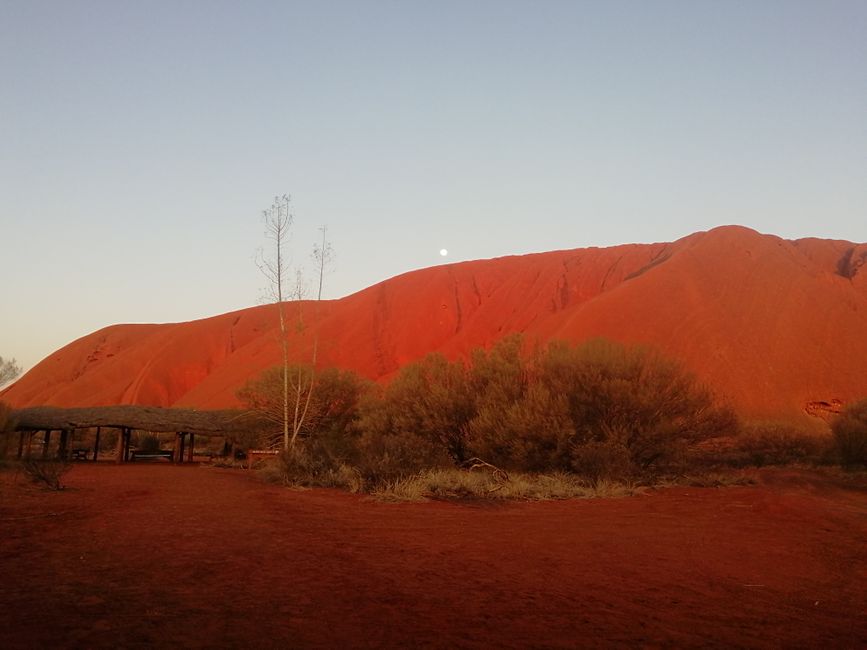
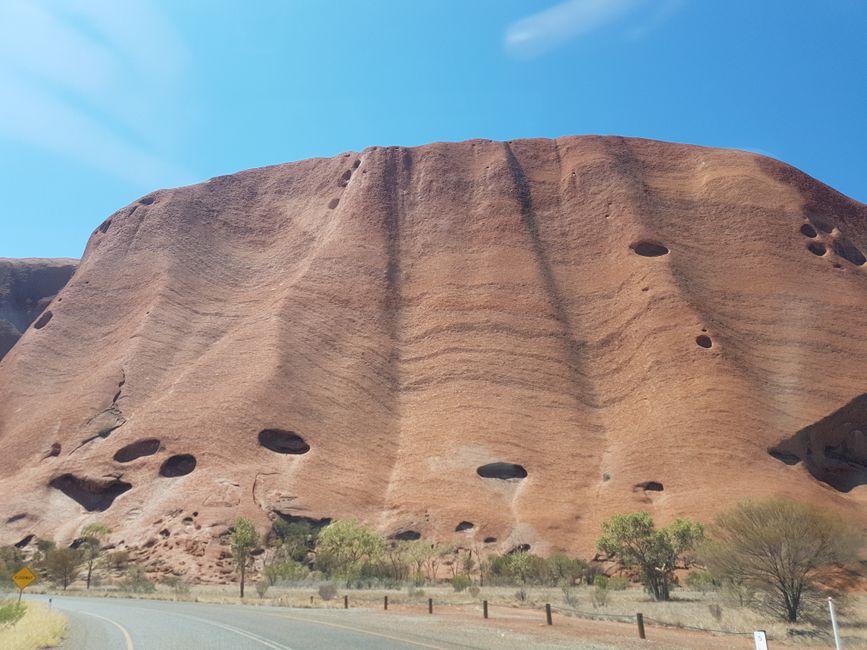
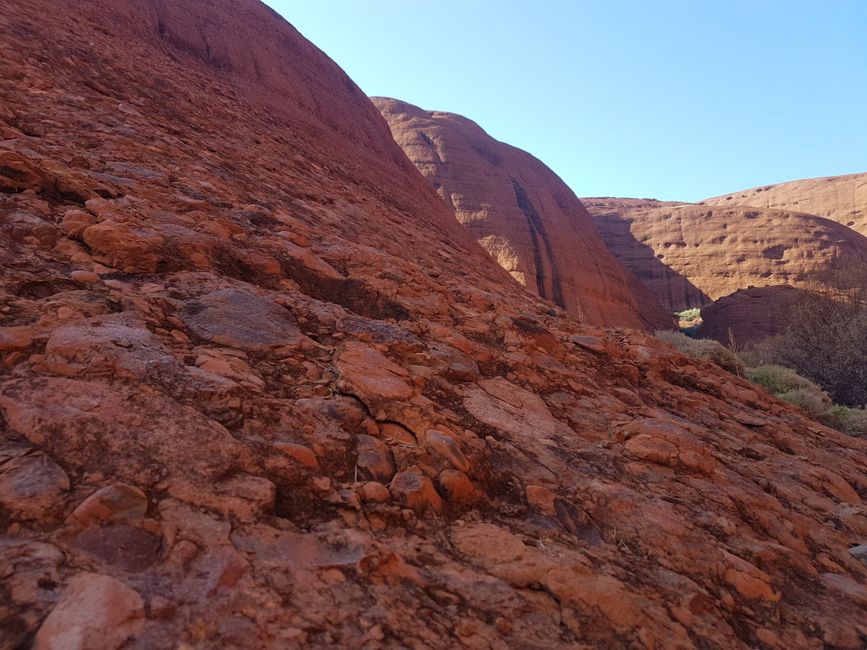
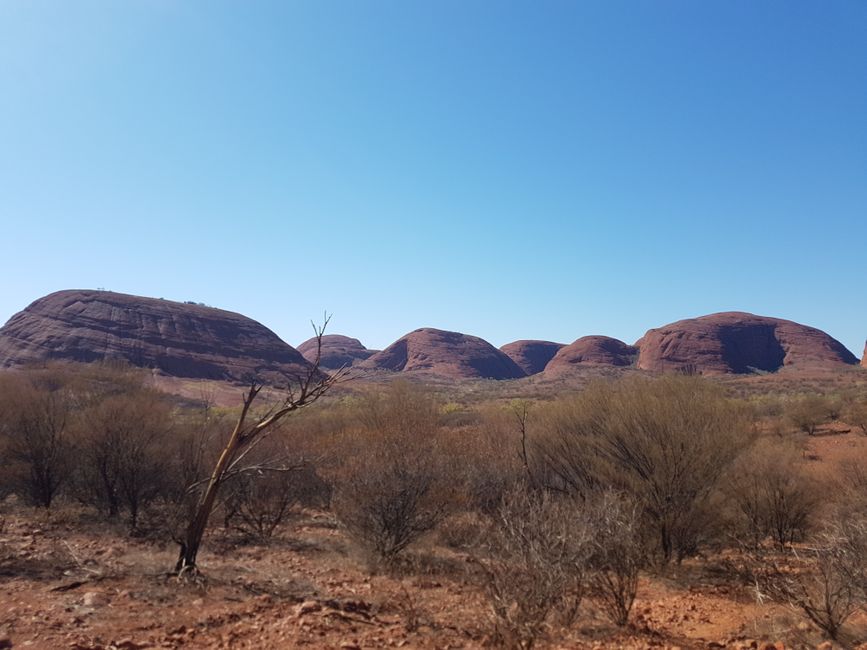
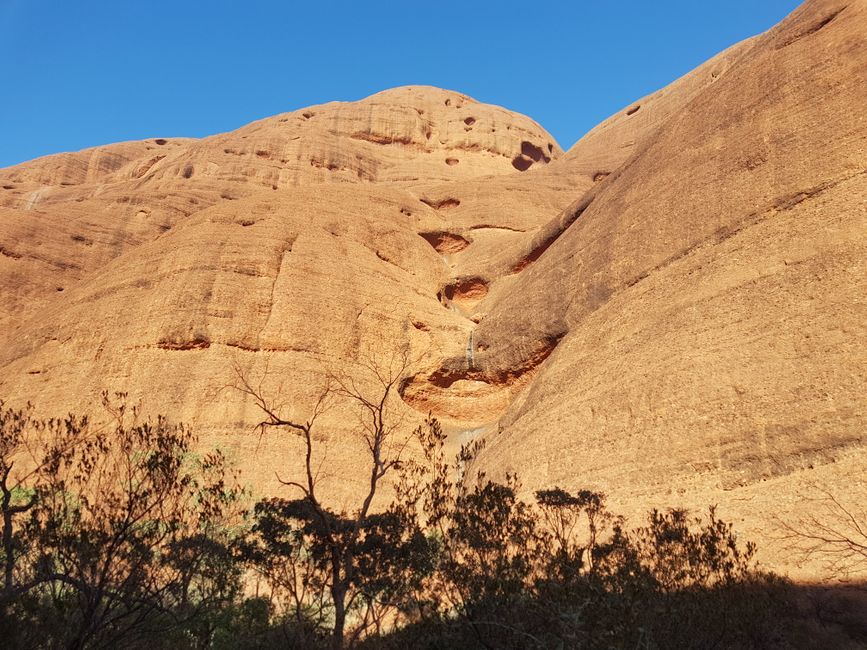
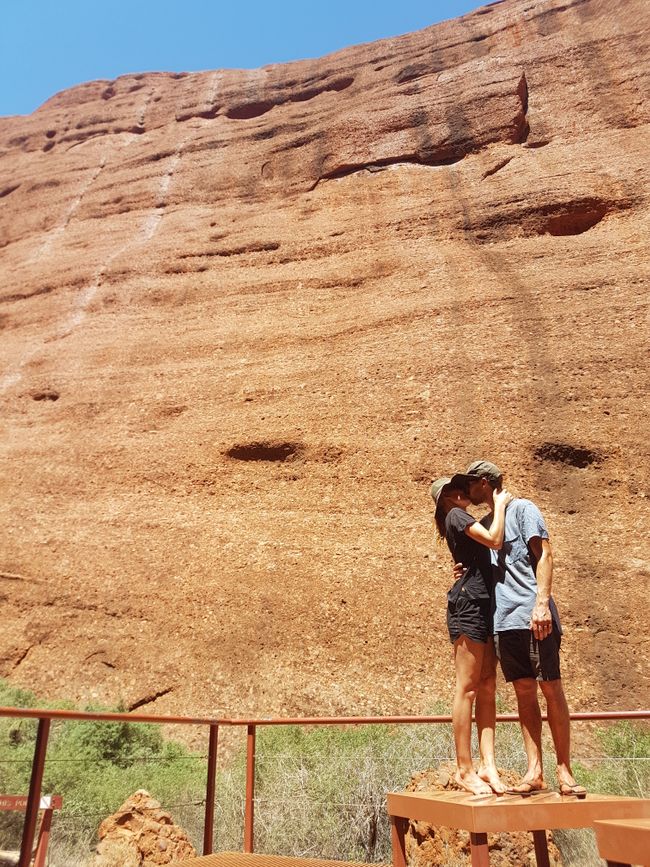
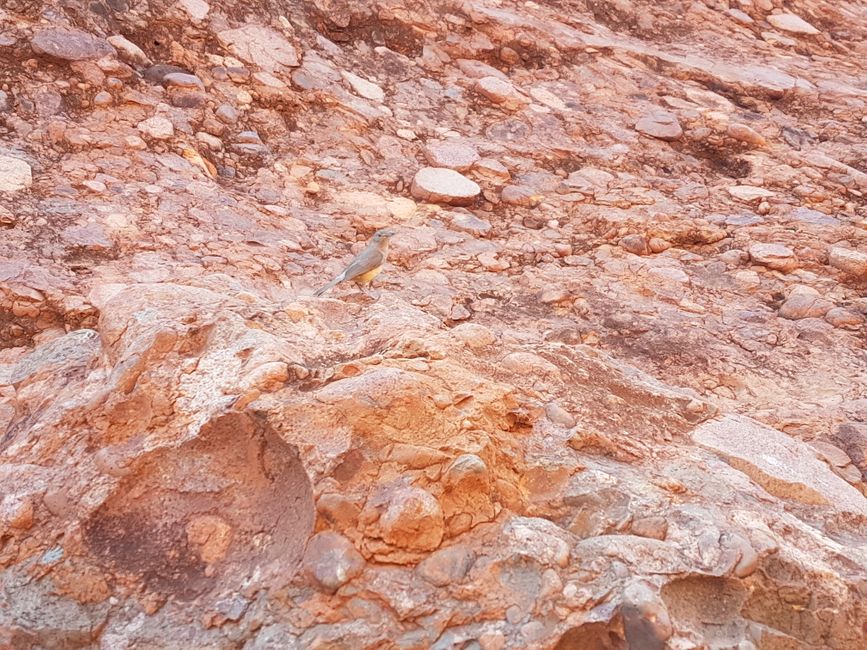
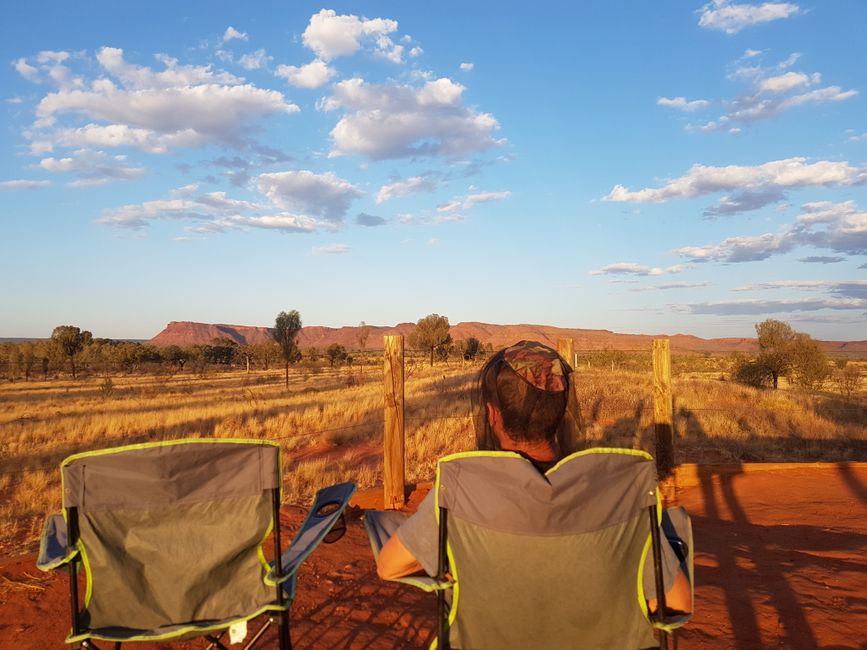
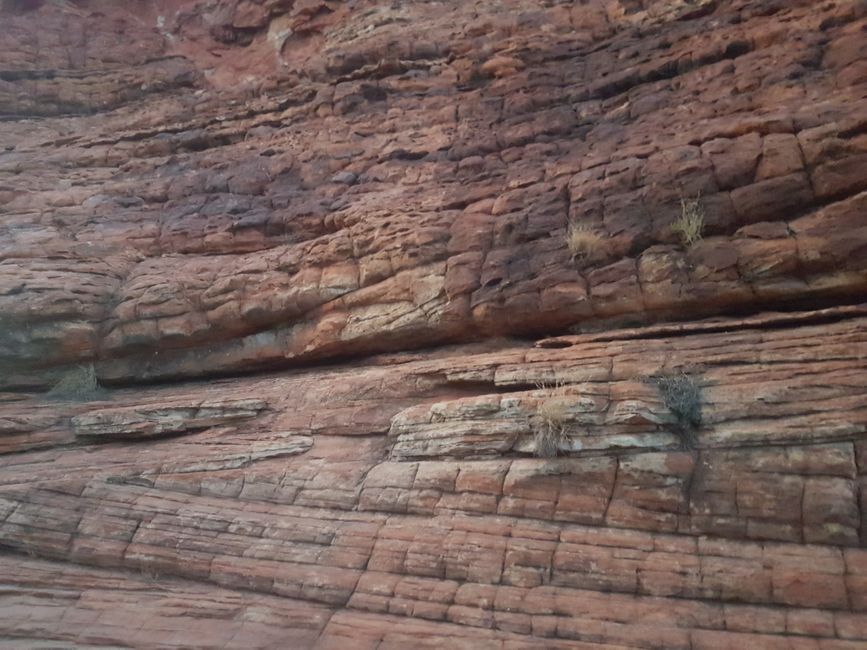
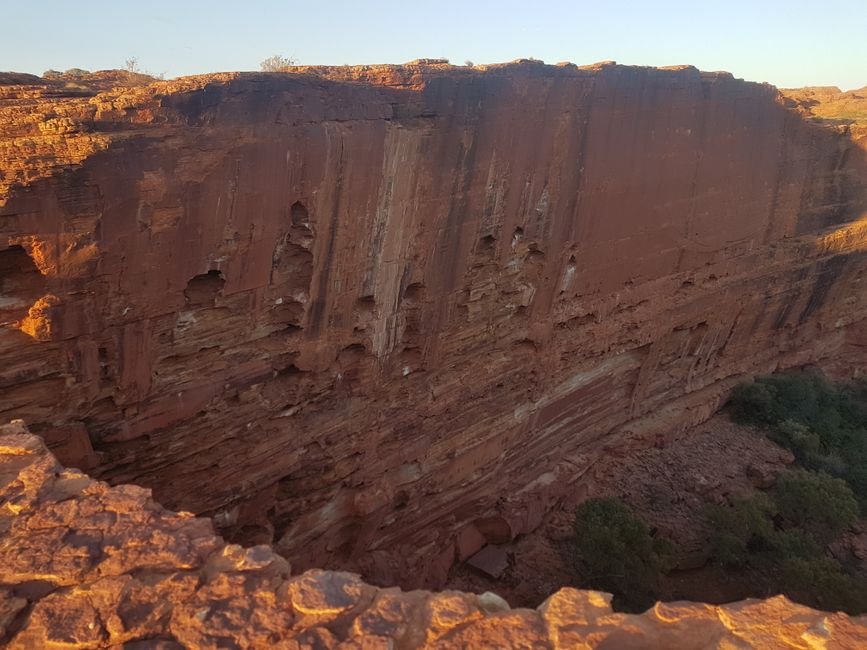
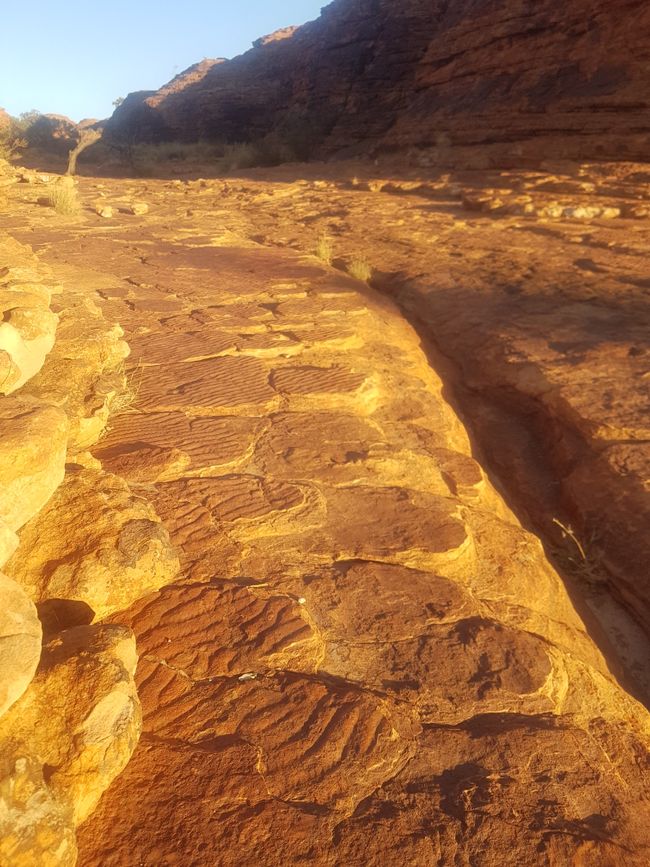
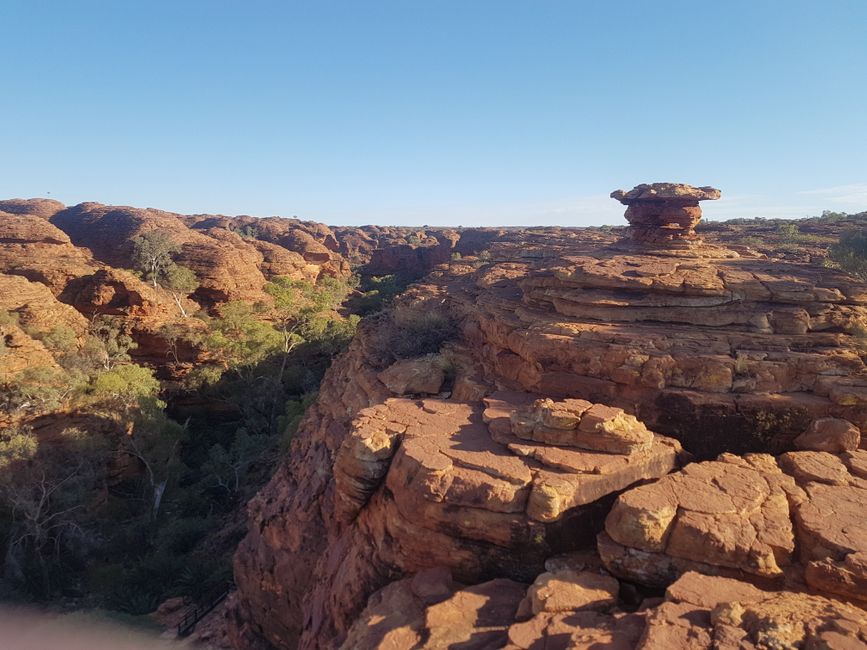
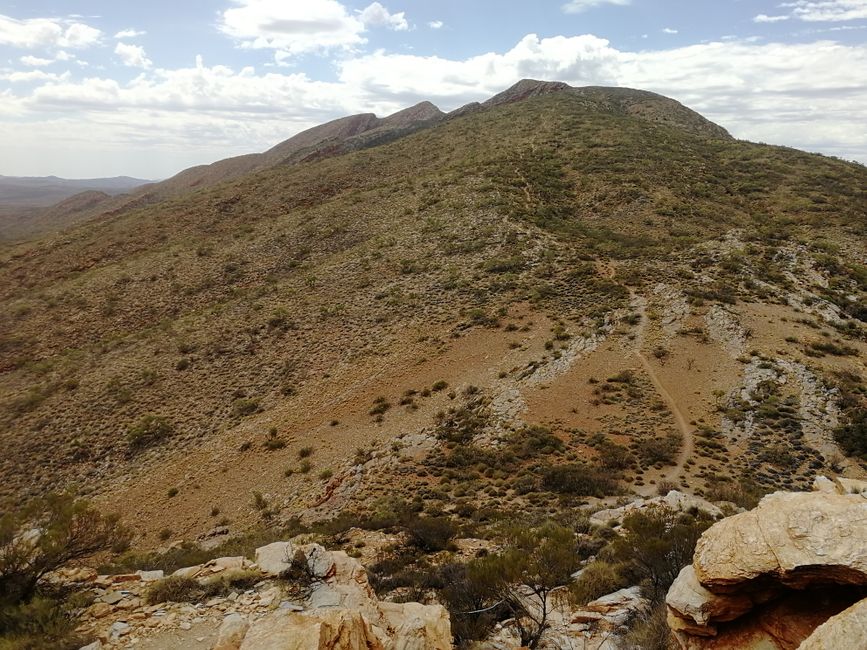
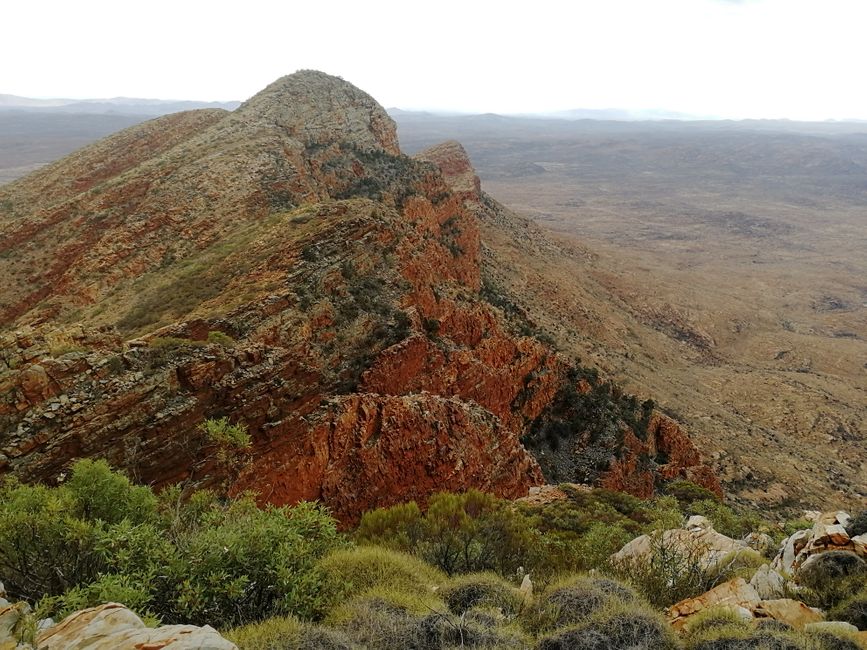
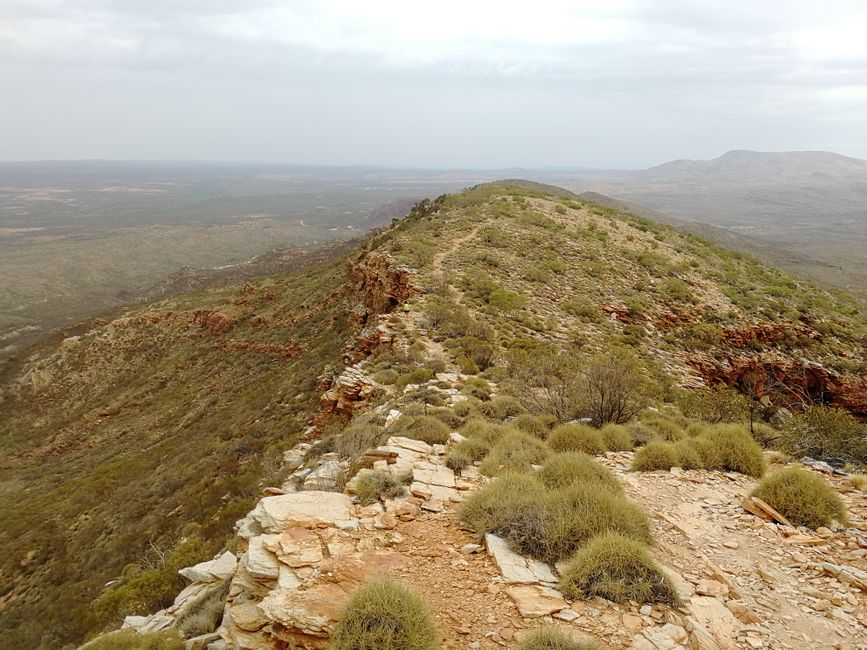
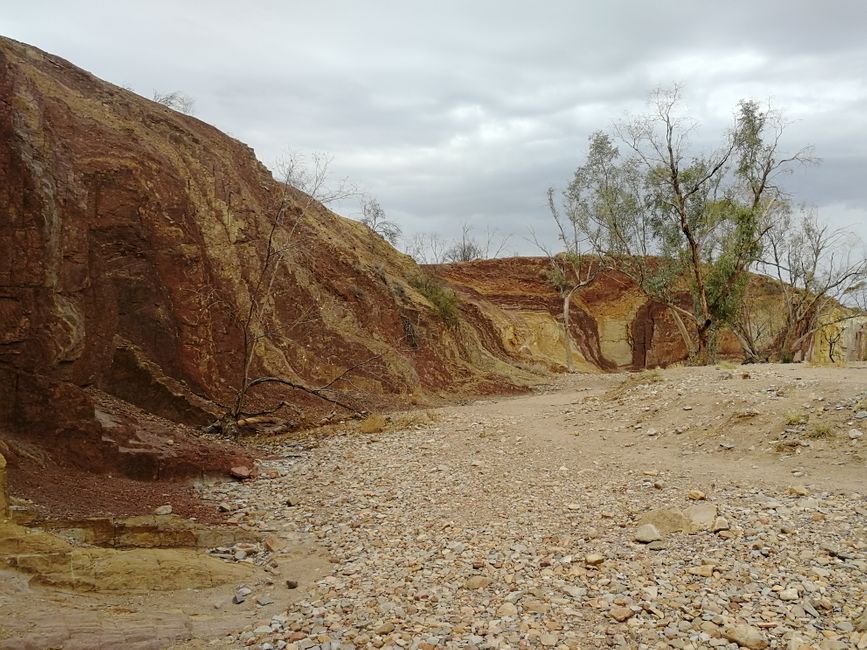
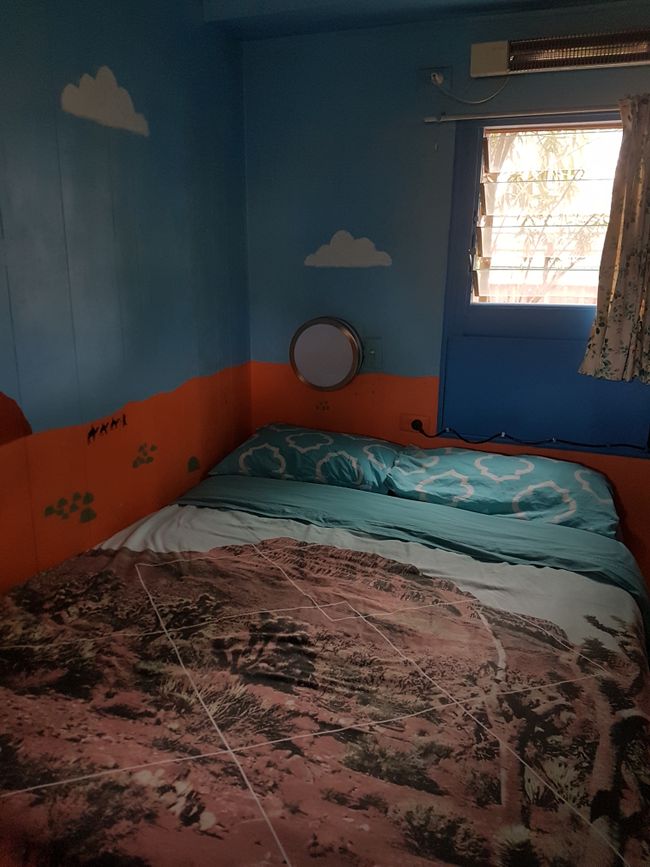
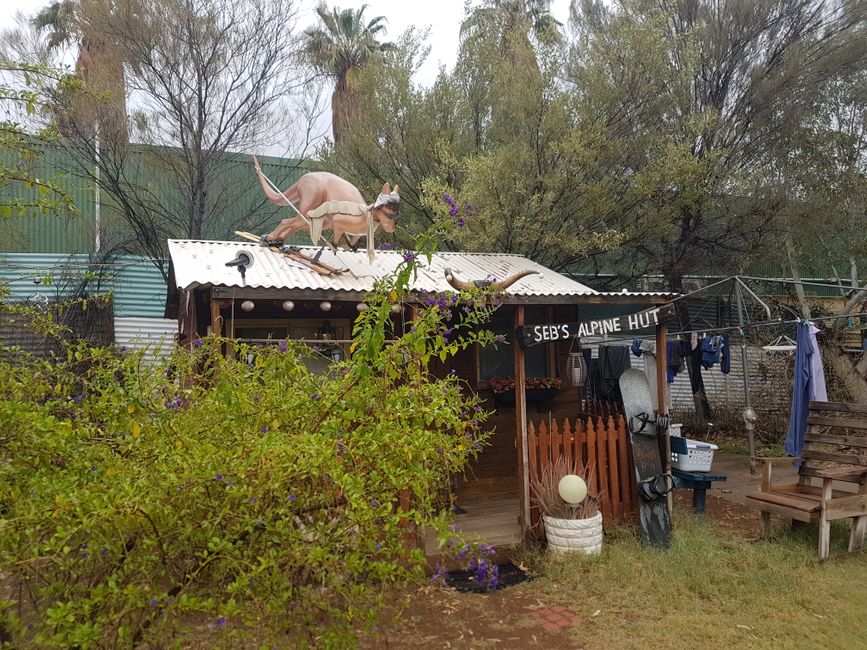
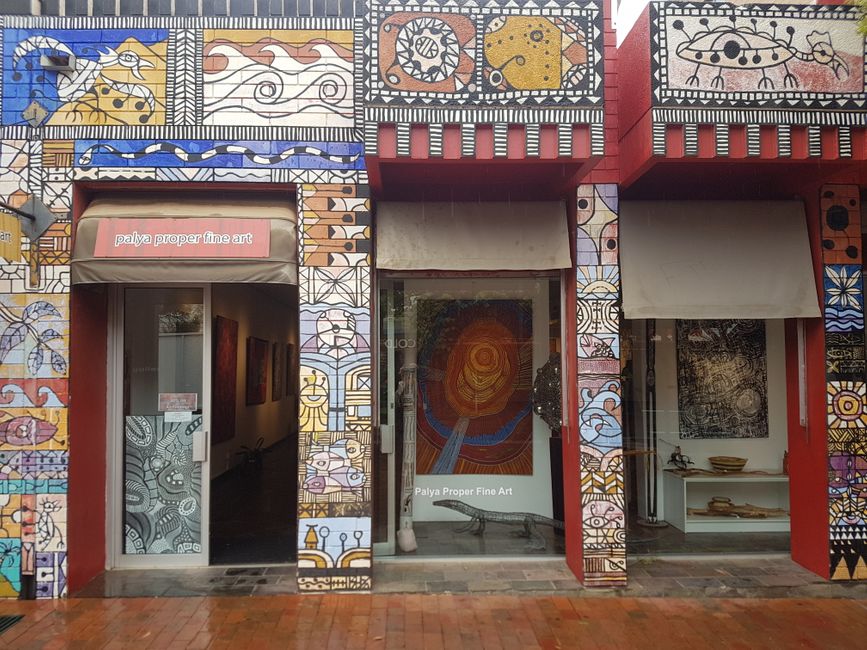
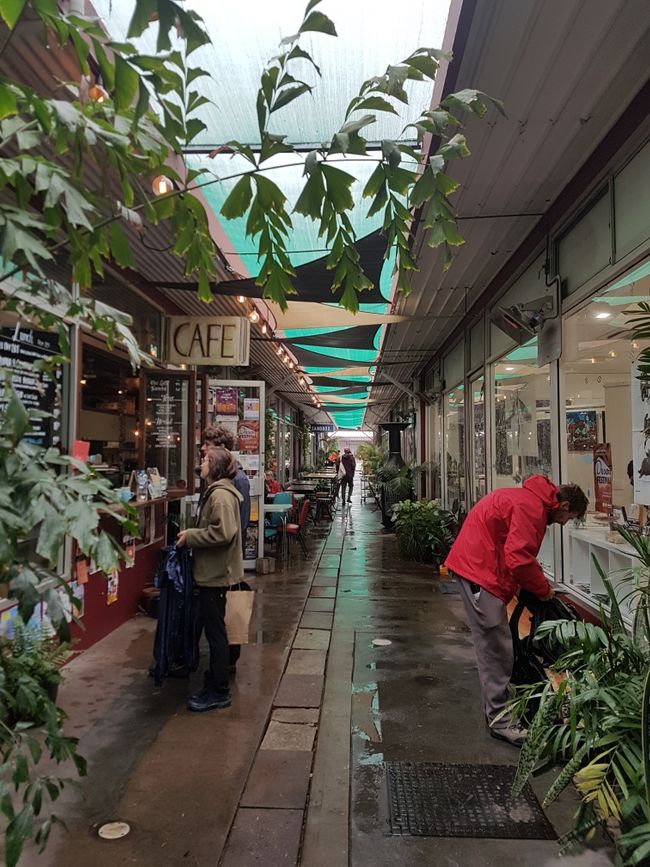
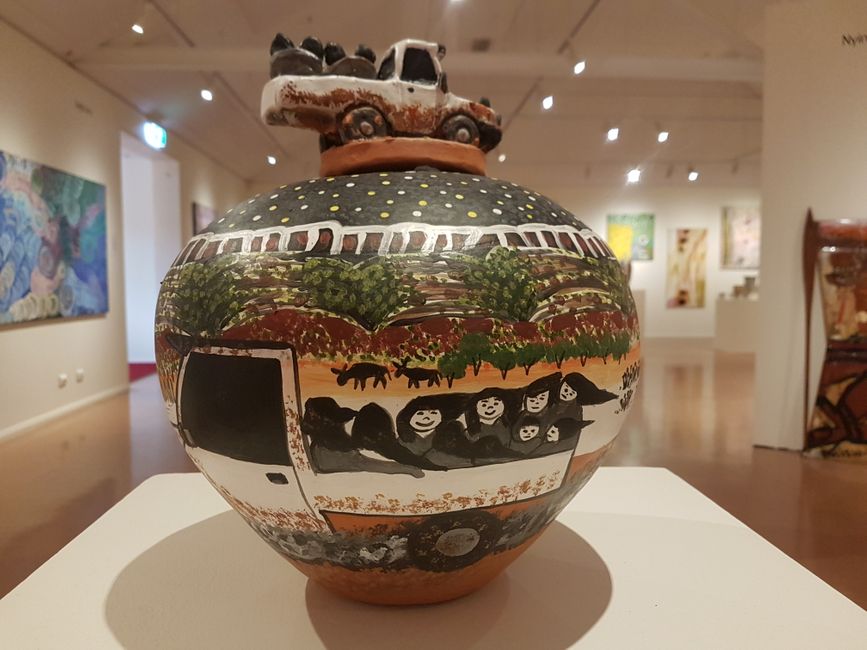
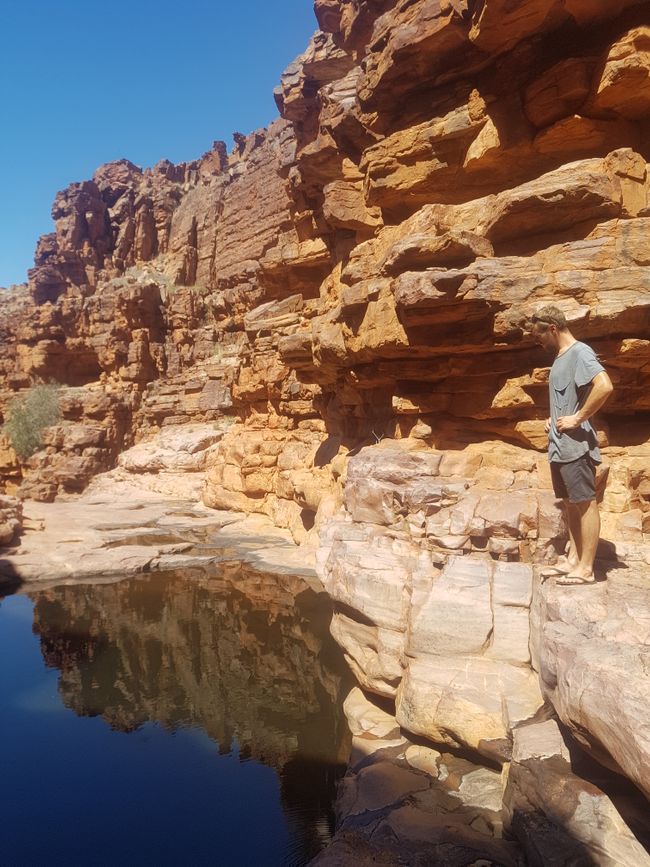
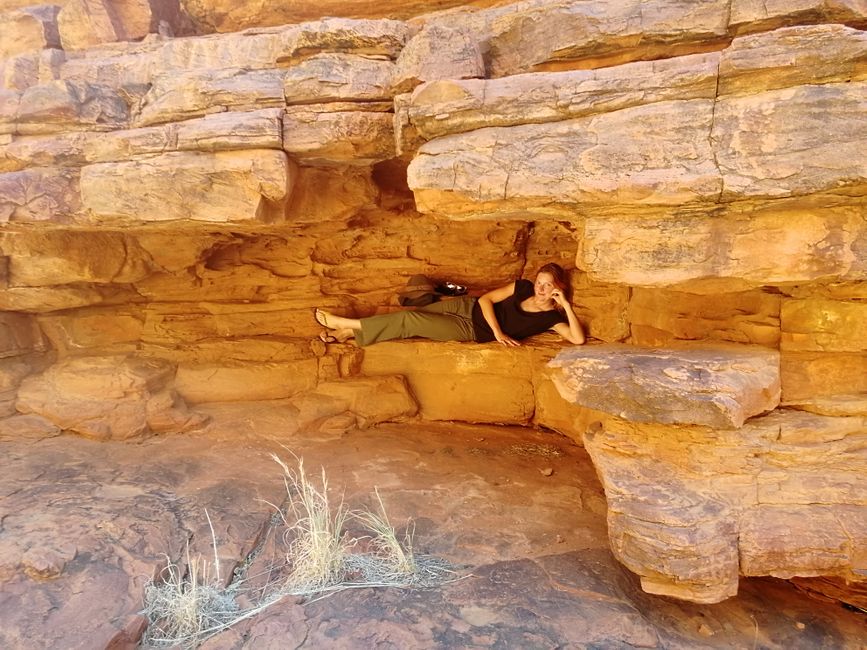
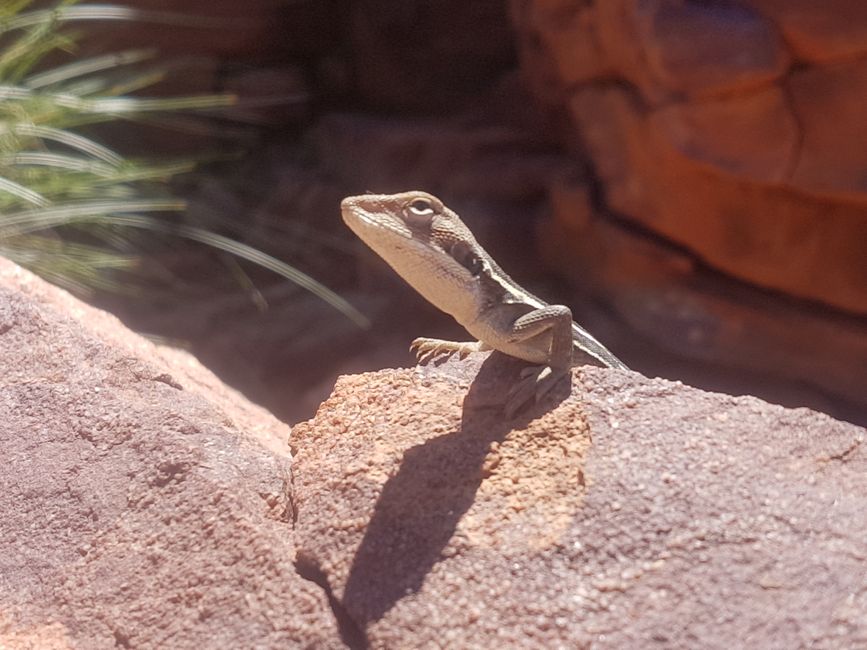
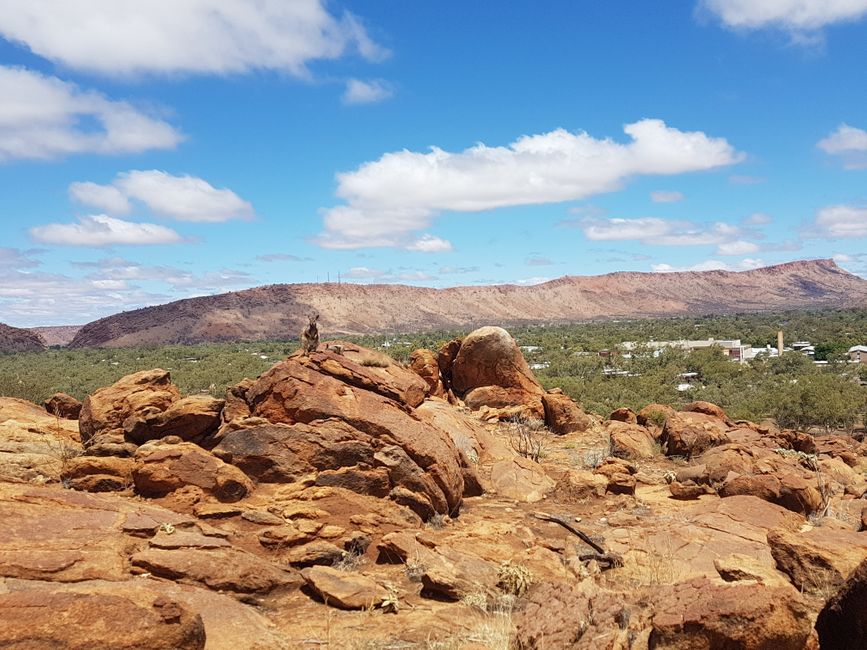
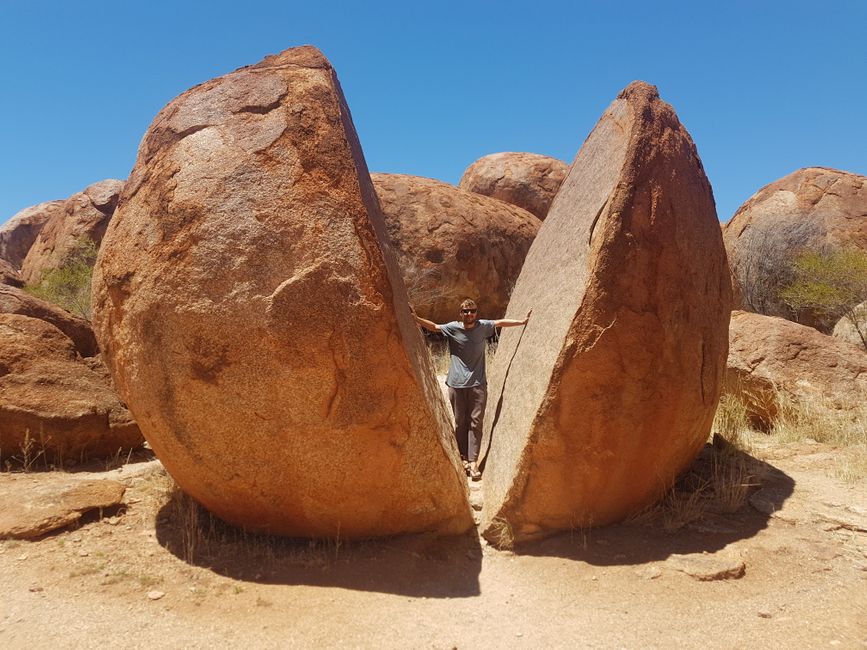
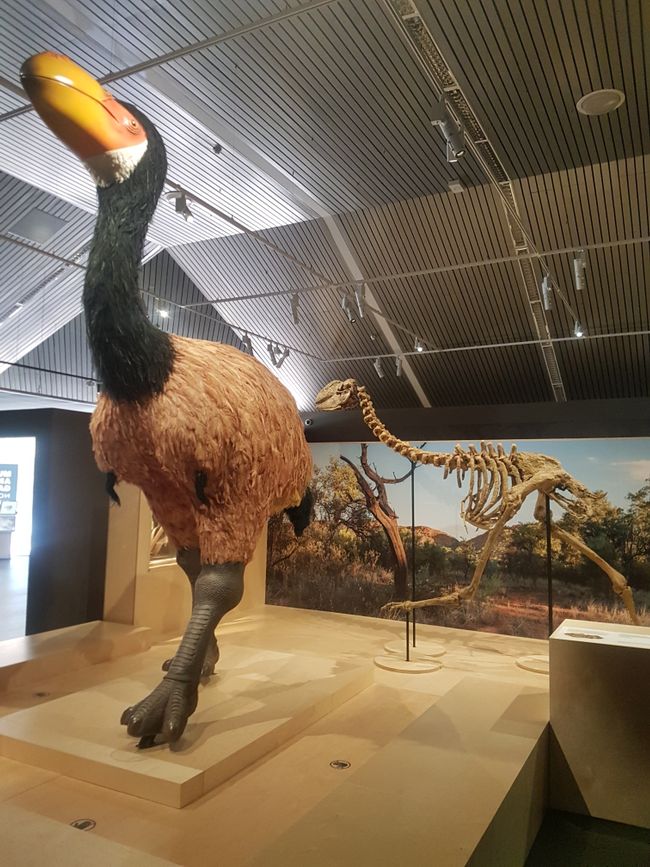
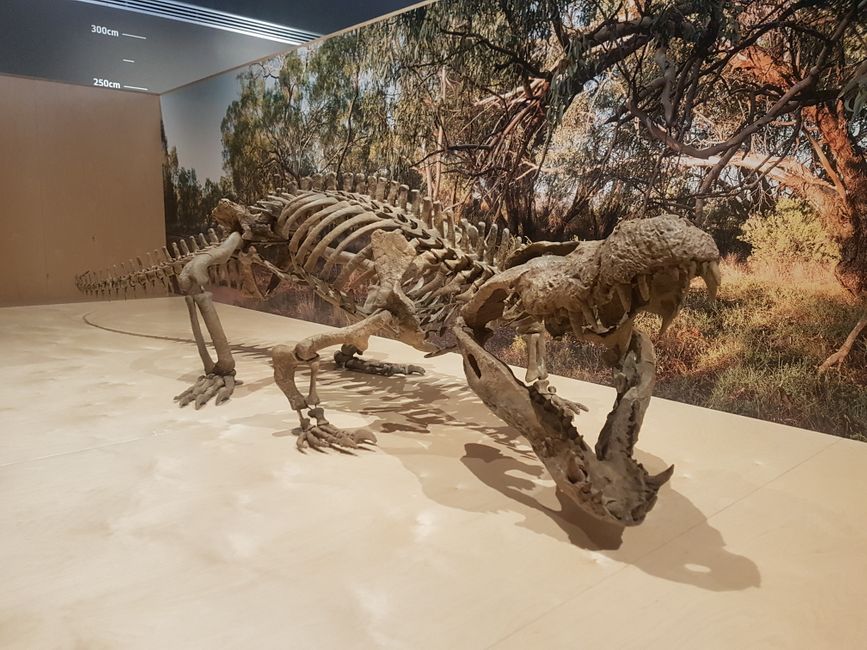
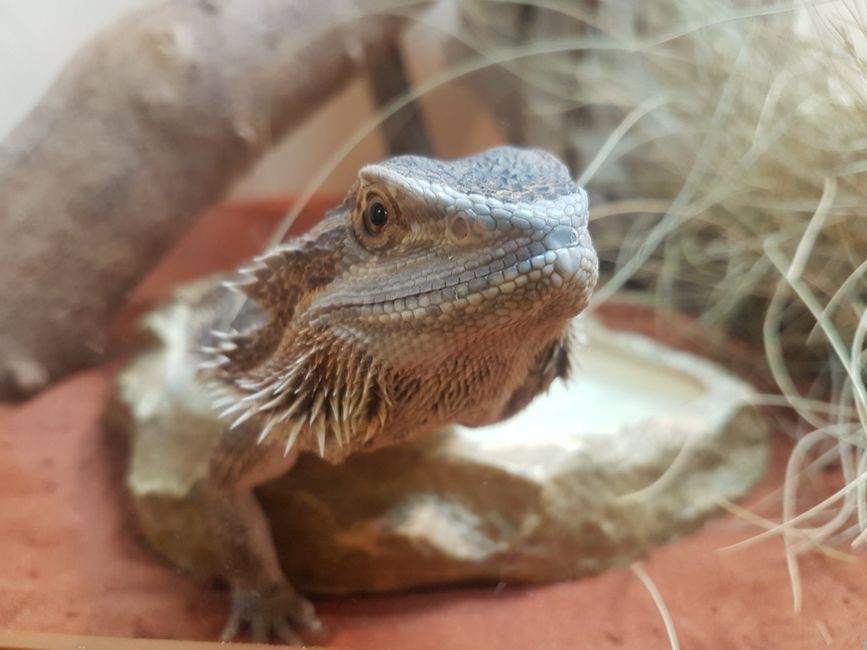
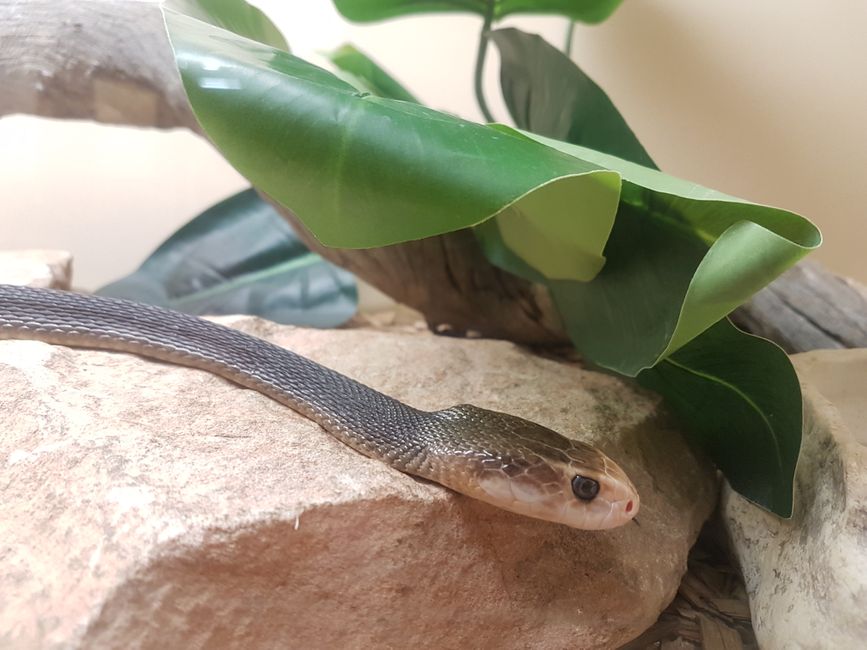
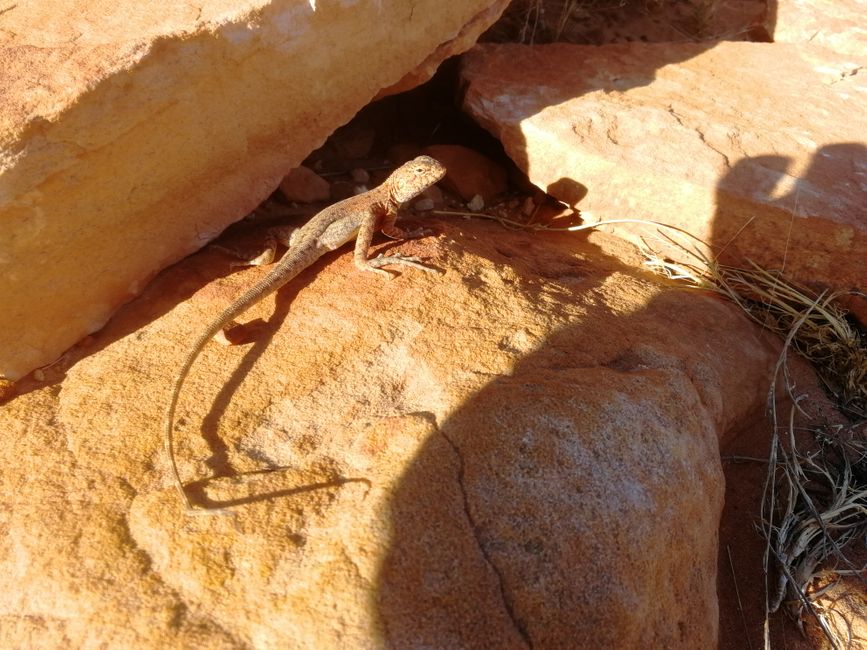
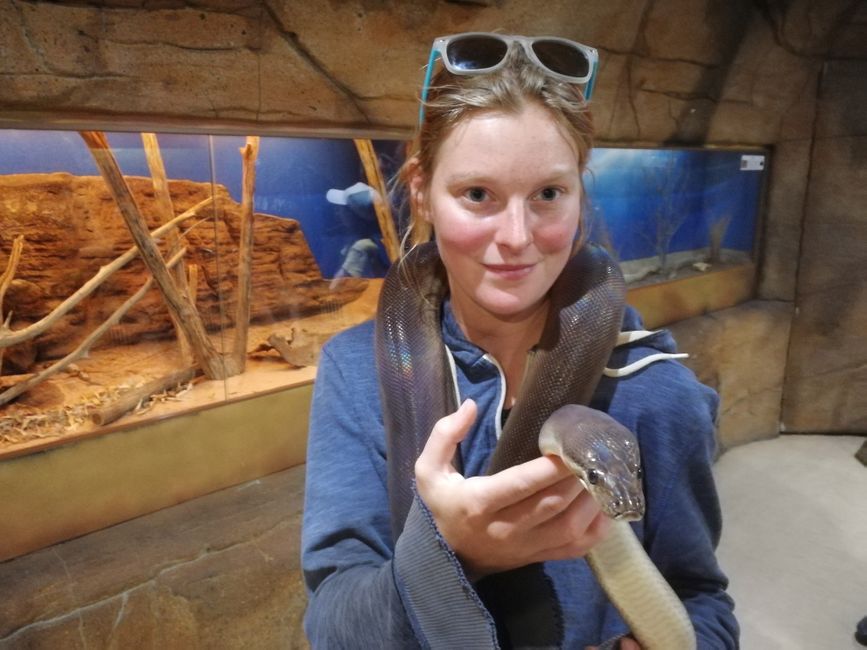
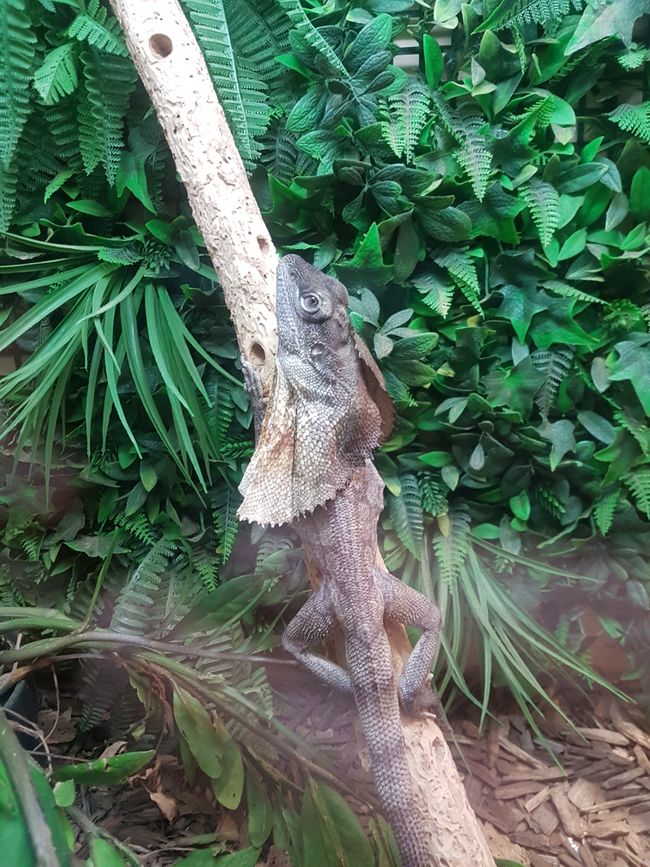
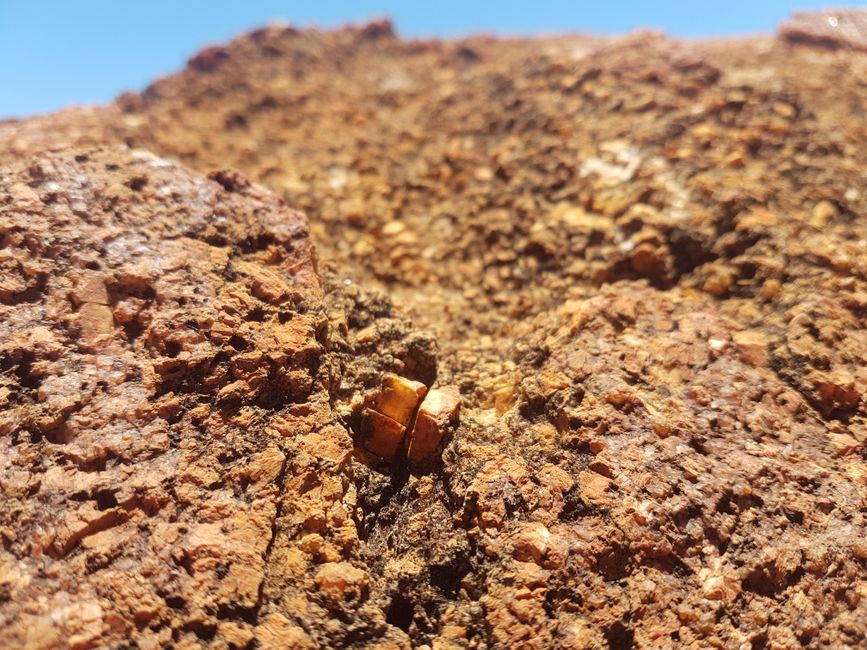
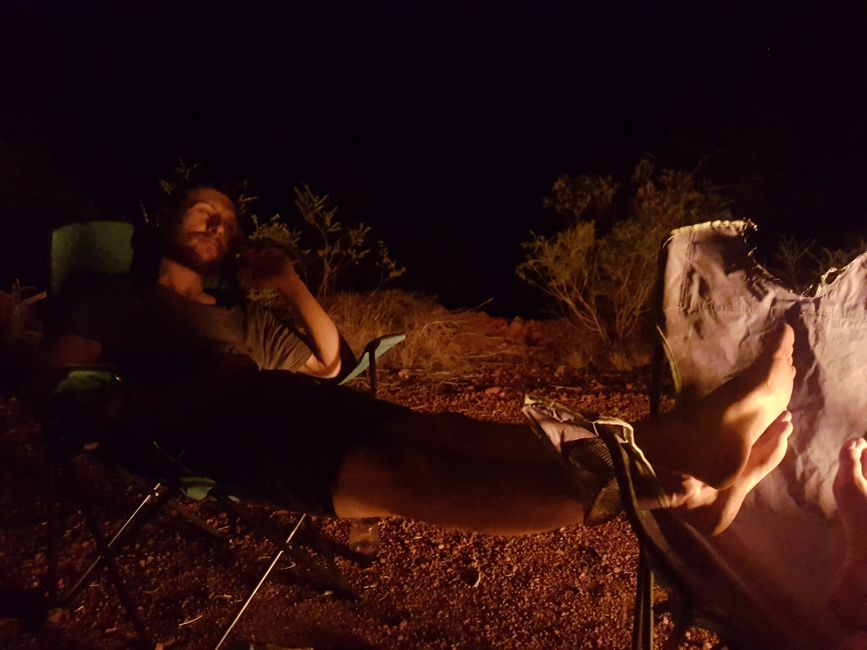
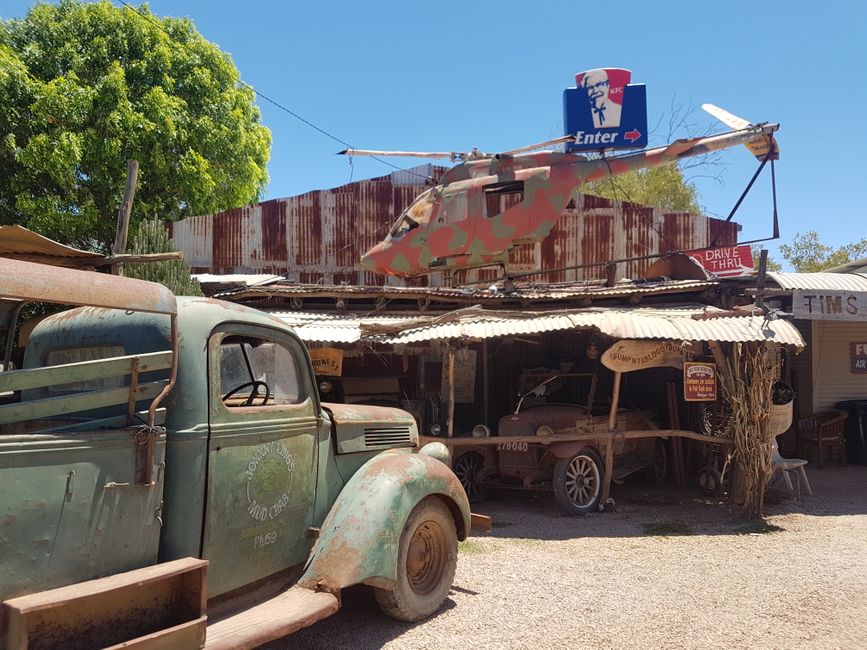
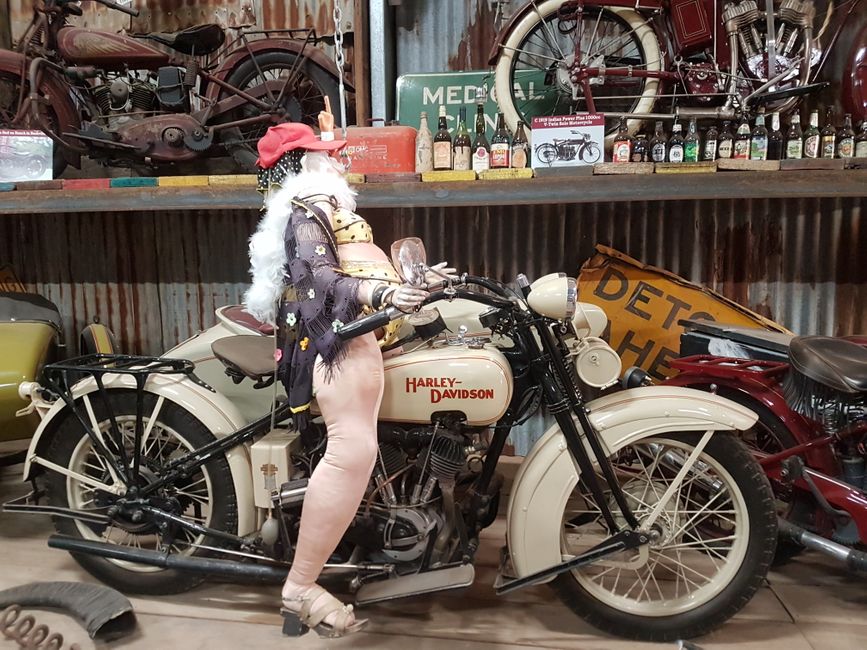
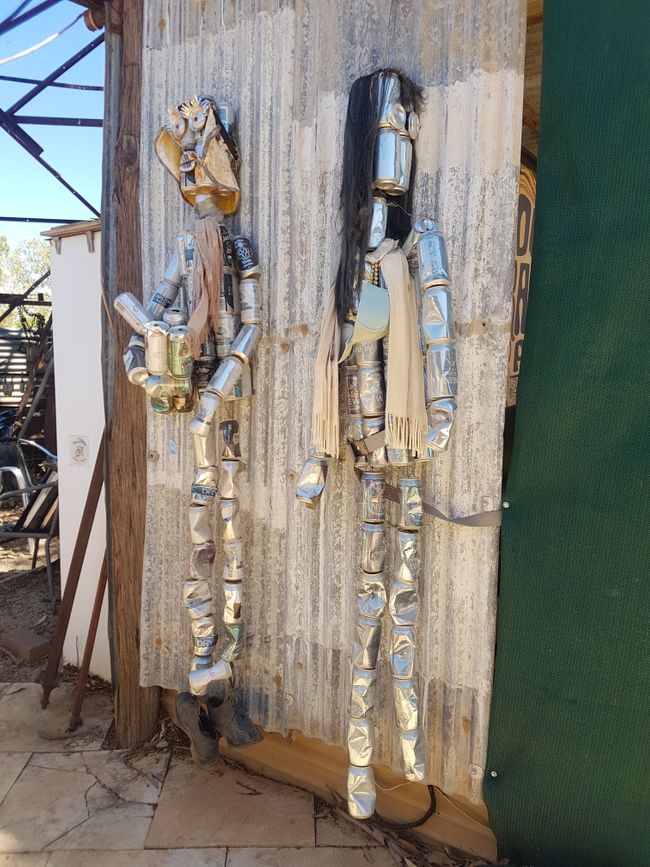
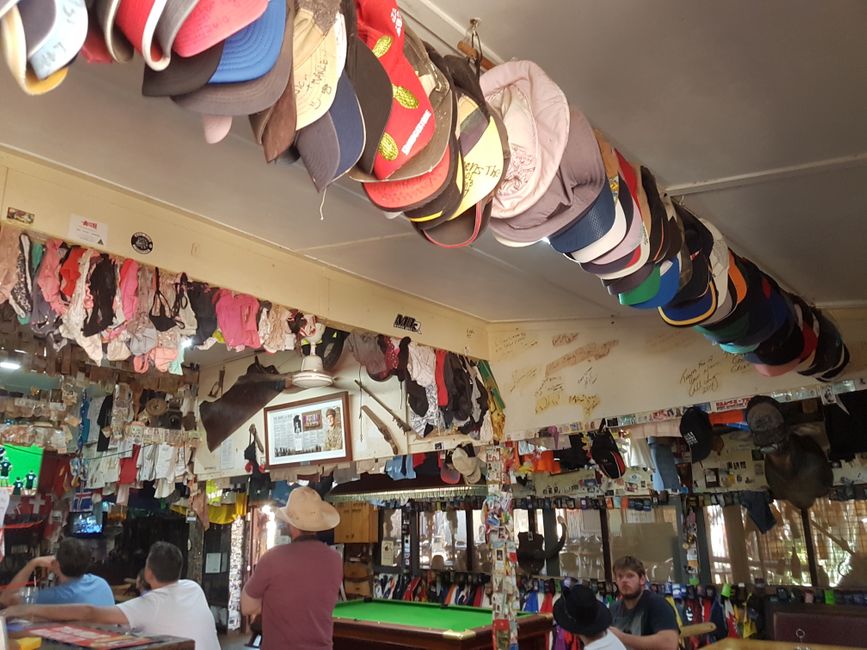
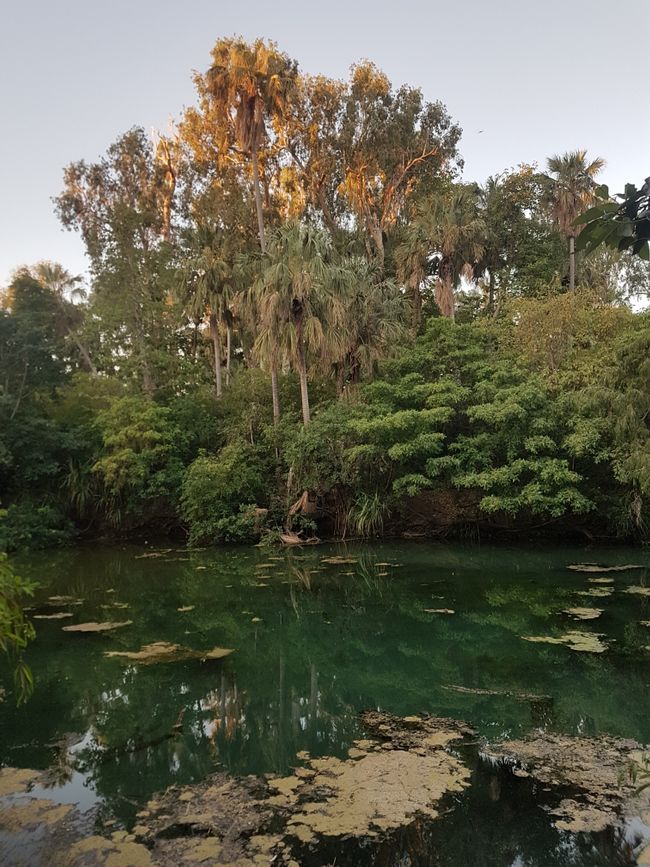
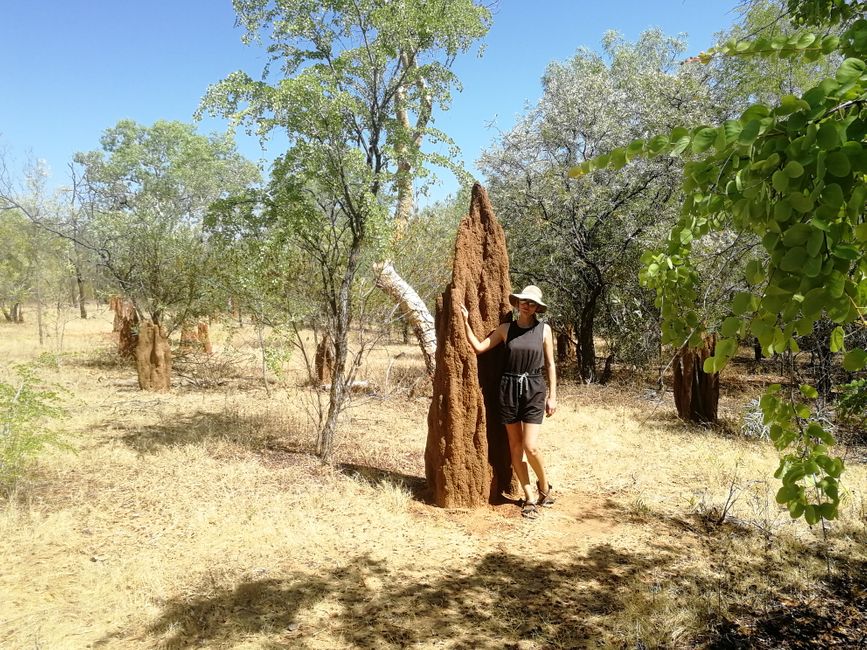
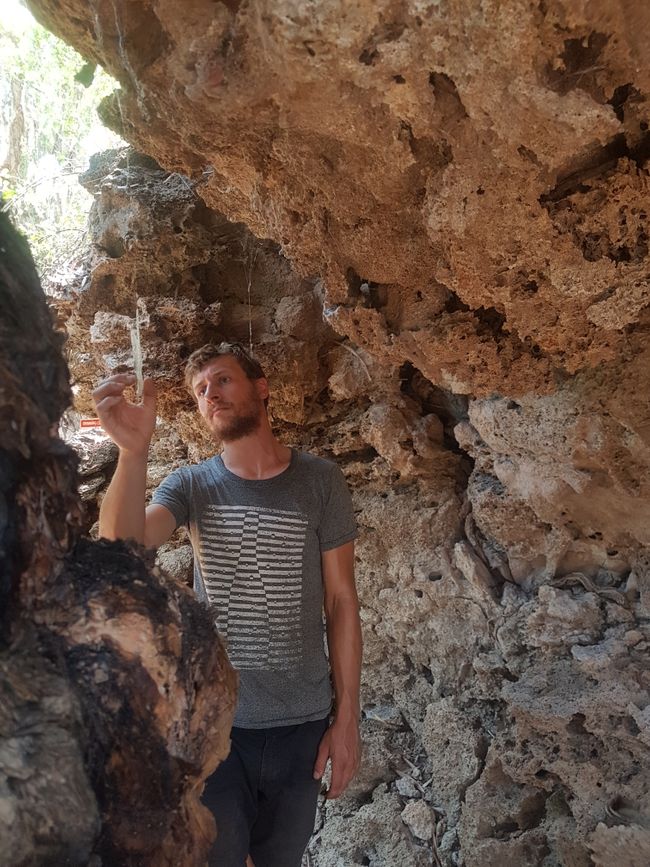
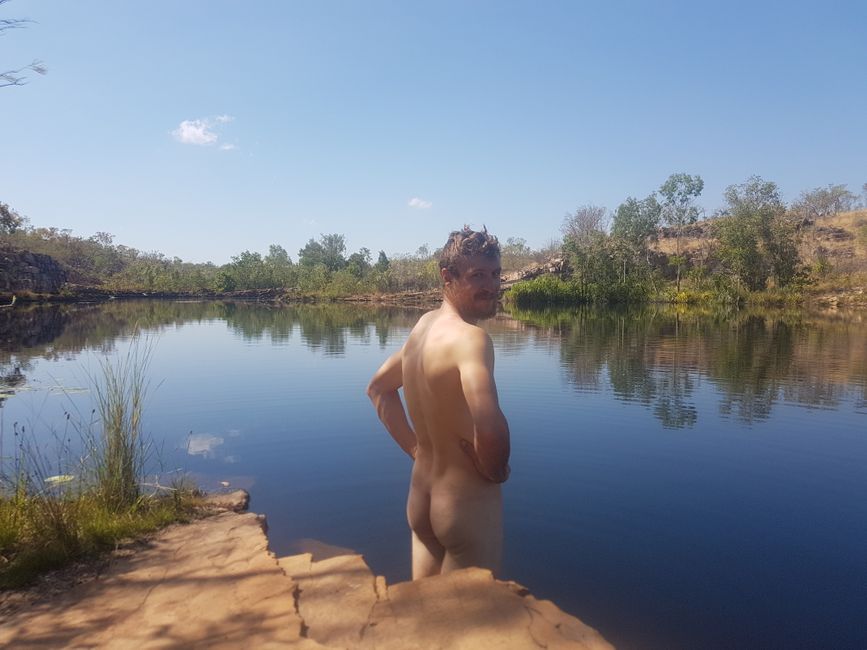
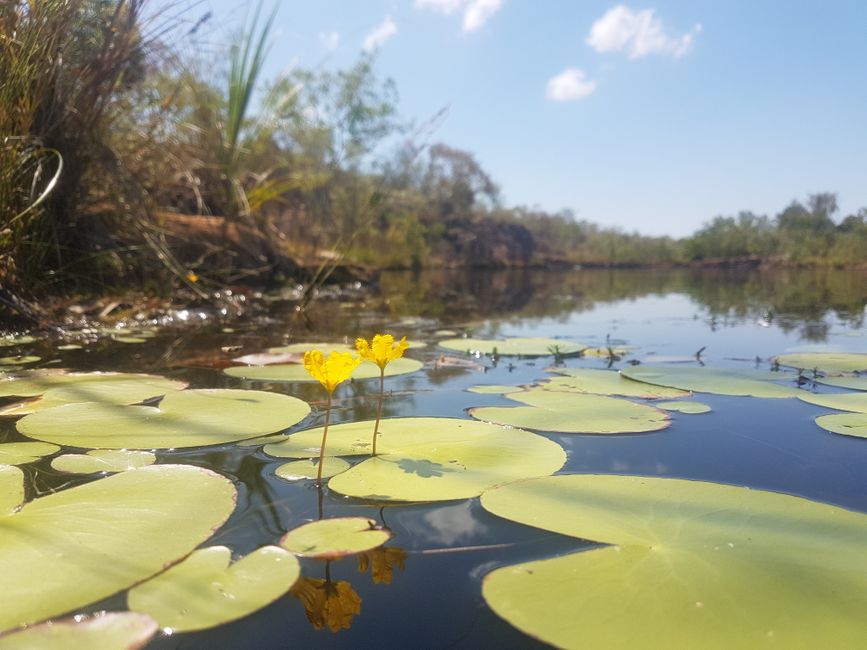
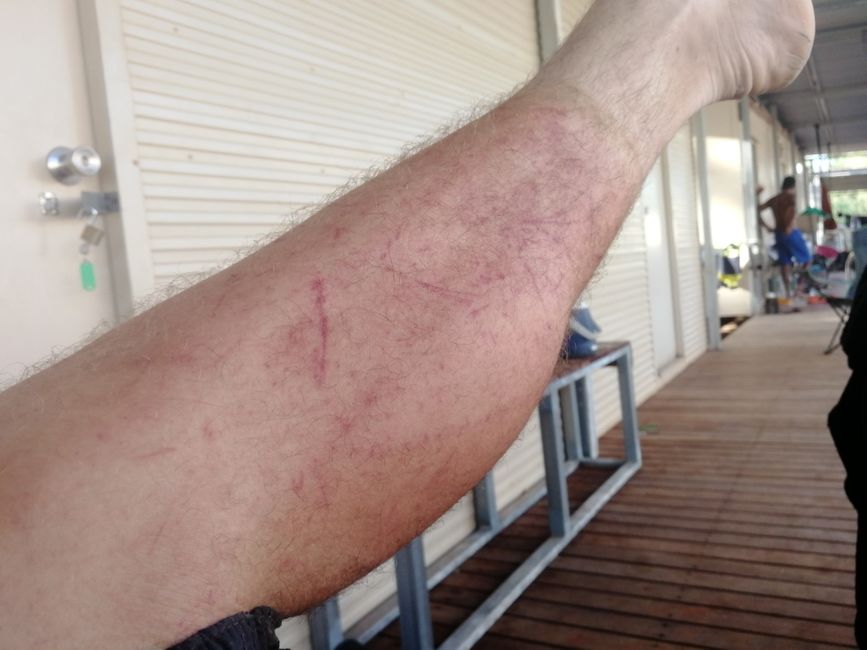
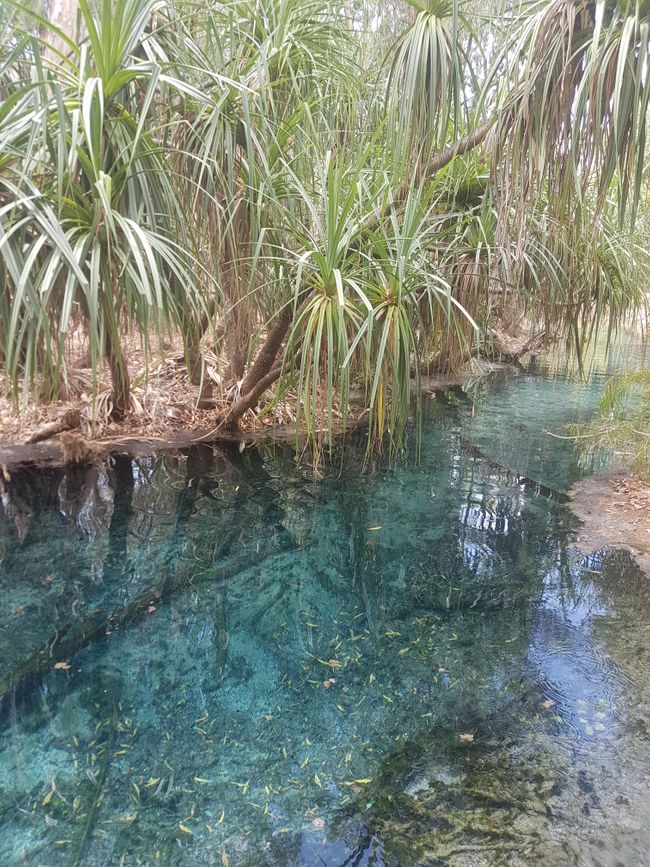
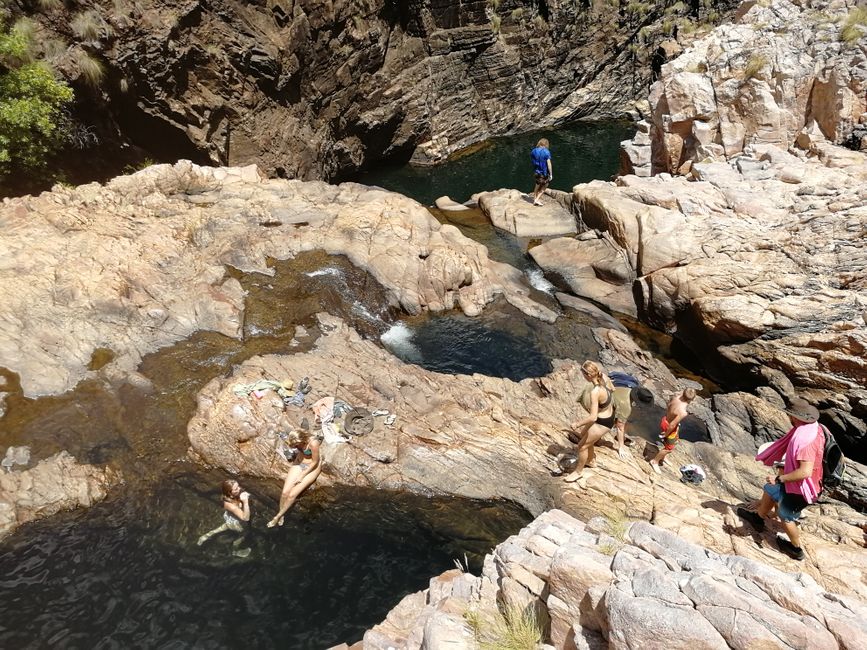
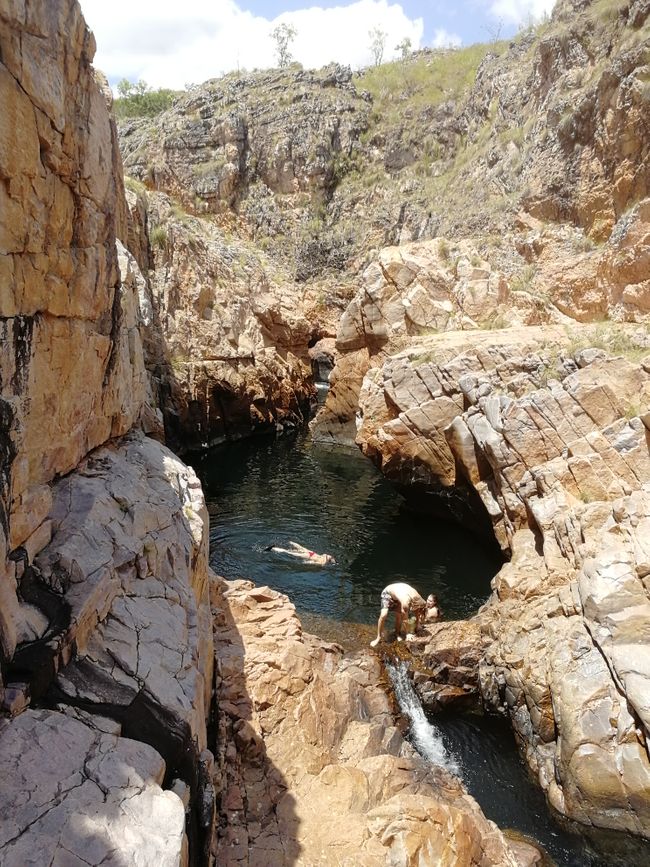
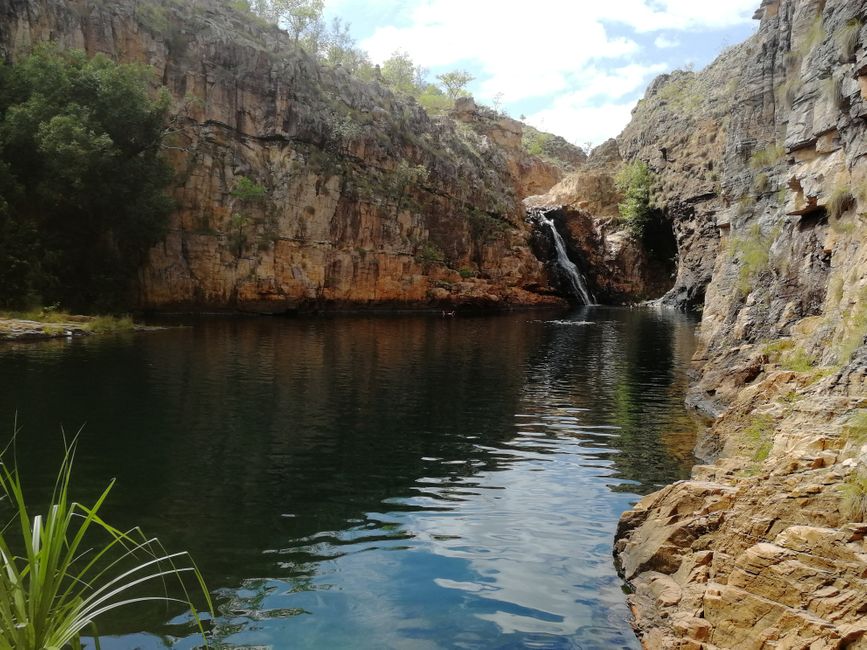
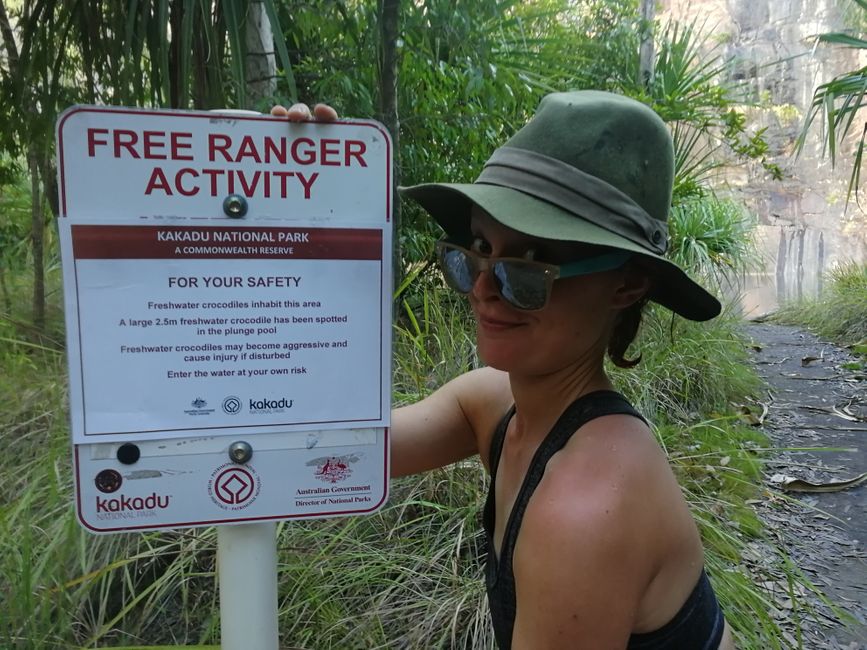
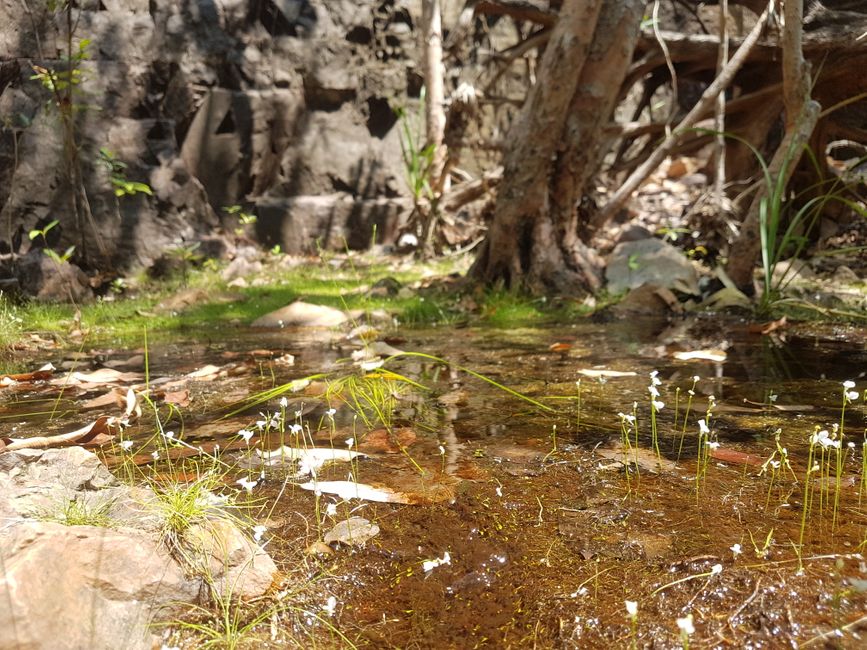
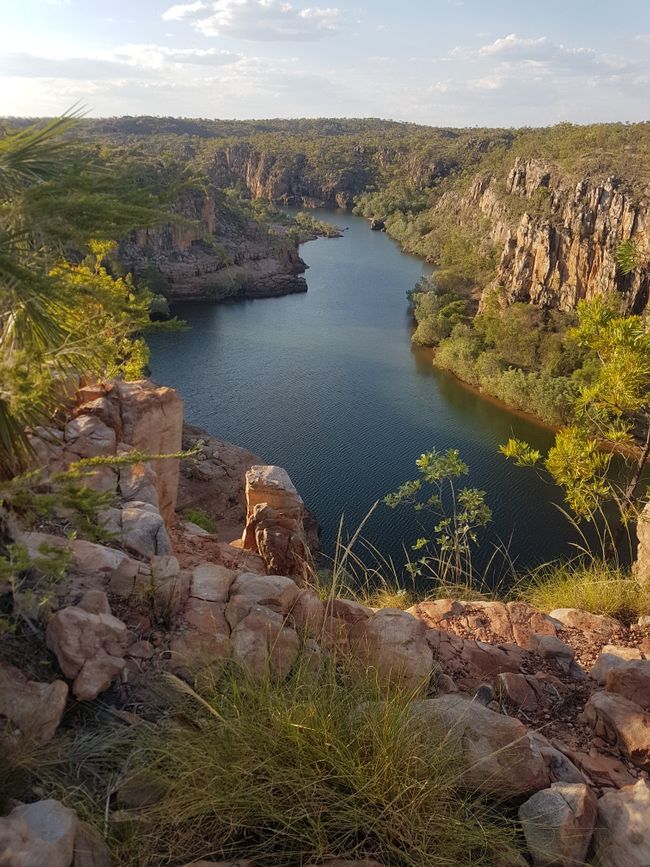
Haberlere kayıt ol
A new state
The Northern Territory welcomed us with thunder and rain. We met a couple at the campground in Erldunda that we had already talked to at Mt Dare Hotel. She is from Taiwan and has been living in Perth for over 20 years, he lives near the Sunshine Coast. The age difference between us didn't make a difference in terms of interests, Matze was able to have a great conversation with Rony about car accessories and mechanical problems, and I had a very lively exchange with Shirley, who knew a potentially long-term employer in Western Australia. The next morning, we continued on to Uluru, commonly known as Ayers Rock, one of the most important centers of Aboriginal culture. It is a kind of sanctuary for them, so not all places can be photographed. In the town of Yulara, which only exists because of tourism and where no one else lives, we stocked up on our very sparse food supplies at IGA. It was a 15-minute drive from there to Uluru, and despite the midday heat, we decided to walk completely around the impressive rock. Climbing up is no longer allowed since last year, in response to the urging of Aboriginal representatives who do not want tourists climbing on their sacred site. Unlike what it usually looks like in photos, the rock, which is more like a mountain, does not have a uniform color and structure. Wind and rain have smoothed and punctured parts of the rock over thousands of years, and entire rock walls have collapsed in some places. While the surface appears even and stable, you can then see that the interior is rather porous and not as pure rust brown as the exterior (the work of iron oxides), but rather a variety of stones cemented together. In some overhangs protected from the sun, the Aboriginals prepared and cooked plants and animals, sat by the fire, and taught their children about hunting and other important things through rock paintings. You can often see black stripes running vertically along the entire length of the rock - these are algae that grow where the water runs down when it rains. There is a spot that is so well vegetated and shady that there is almost always water there - it was an important food source for the Aboriginals and, like many natural wonders, it has its own creation legend. In essence, these legends, which are handed down almost entirely orally, are like our fairy tales - they always contain a deeper morality (see photo). The sunset bathed the rock in an orange-red light at the end of our hike. We spent the night in the bush and woke up the next morning before dawn to see the colors of the sunrise on the rock. From the viewpoint, we saw not only Uluru but also Kata Tjuta, another impressive rock formation that we planned to explore later in the day. The hike was worthwhile, and we were quite glad that we started early as it was a very hot day. Kata Tjuta is even more colorful than Uluru but was only a temporary residence for the Aboriginals. In the afternoon, we continued our journey north. We decided to stay at a free campground at a roadhouse (pub with overnight accommodation and usually a gas station). Our next destination was Kings Canyon, where unfortunately there was no free campsite, but there was a pool where I spent the rest of the day while Matze relaxed in the hammock. The next morning, we set off early because the hiking trail was closed from 9 a.m. due to temperatures above 36 degrees. The forecast predicted 39 degrees. After the steep ascent at the beginning, the most strenuous part was behind us. The sunrise was beautiful and the wind was still fresh and pleasant. The plateaus on both sides of the canyon were, as we could see from a viewpoint, a paved area. The over 400 million-year-old sandstone, which previously formed a collection of giant dunes, was divided into square segments through compression by wind and rain. The layering of the sand and the rise of the dunes can be seen very well, and we were also reminded of the Elbe Sandstone Mountains. Next, we had the Meerenie Loop ahead of us, an unsealed road for which we had to obtain permission. With that, we were able to continue to the connecting road through the West MacDonnell Ranges, a mountain range west of Alice Springs, from which the highest mountains in the Northern Territory rise up to 1530 meters. The gravel road was initially terribly bumpy, shaking everything in the car, and we soon decided to reduce the tire pressure to make the ride a little more bearable. We spent the night at a campground at the foot of Mount Sonder, the fourth-highest mountain in the NT. In the morning, we started early to climb it. Luckily, the camp was already at about 700 meters above sea level, so we only had to conquer about 700 more on 6.5 kilometers. The ascent was not too steep, and the sky was cloudy, which made the hike much more pleasant. I felt a bit uneasy walking along the ridge of the mountain, as in some places the cliffs were very steep. At the summit, we enjoyed our 'snack' and a great view. During the descent, a light drizzle started on the last meters, creating a wonderful scent in the air. We continued through the valley between the mountain ranges, now on a sealed road. In Ormiston Gorge, I jumped into the ice-cold rock pool, but then enjoyed the warm shower at the parking lot as the rain got stronger and the temperatures steadily dropped. When we set up our night quarters, I actually had to dig out my long pants from the car. When we woke up the next morning, it was freezing cold - the maximum daily temperature had dropped from 38 degrees to 12 degrees, and it was raining continuously. Nevertheless, I went for a walk, the foggy mountain slopes had their own charm. It felt like autumn in Germany, without colorful leaves but instead green. We drove to Alice Springs, took care of some things, and checked into Alice's Secret Travellers Inn, a family-run hostel in a quiet corner. We were particularly pleased with the well-equipped hostel kitchen, the openness of the other backpackers, and the heating in the room. The next morning, we slept in and then strolled through Alice Springs. 'Springs' is the English word for a source, but there is no such thing in the area. In the mid-19th century, an explorer mistook an as-yet-undried-up spot of the Todd River for a spring and named the place Alice Springs. Later, the gold rush led to immigration. Despite the heavy rain, there was still no water flowing in the extremely sandy riverbed. The weather finally improved on the 3rd day - the sun came out and warmed pleasantly without burning. An unusual feeling after the past 2 weeks. At a small lookout point in the botanical garden, we watched cute wallabies emerge from the rocks to enjoy the sun. Fortunately, it wasn't as hot as usual, otherwise we probably wouldn't have seen them. Finally, we were able to enjoy the lovingly designed outdoor area of the hostel, lounging in hammocks or on swings without sweating or shivering. Before we left, we visited the reptile center. We're usually not zoo visitors, but we didn't want to miss the opportunity to see all the poisonous and rare animals of Australia up close. It's also not a bad thing to be able to roughly identify all the snakes, some of which are so small and well-camouflaged that they can easily be overlooked. A bearded dragon, a blue-tongued skink, and an olive python were presented to us individually, and we were allowed to handle them for a bit. It was very funny to watch the skink's blue tongue repeatedly extend from its mouth, similar to a chameleon, and then retract again. I learned something completely unknown to me about pythons: in Australia, there are 2 species of pythons that do not have body temperature sensors. These sensors usually help pythons find their warm-blooded prey, but these two species also prefer to eat other snakes and lizards, which is why they lack the sensor. The weather had become sweaty again by then, and as we set up our camp, we were sweating despite the late hour. The next day - it was Matze's birthday on October 10th - we visited the Devil's Marbles, another sacred site of the Aboriginals. They are granite balls that, due to weathering and erosion, sometimes looked like someone had stacked them on top of each other. In the afternoon, we enjoyed a very welcome cooling off at a lake near Tennant Creek and met a super nice German couple. Unfortunately, their trip was going in the opposite direction. In the evening, we had our last craft beer from Bacchus Brewery in Brisbane for the occasion. The next day, we reached Mataranka, where we took a walk and then visited a spot that the German couple had told us about. At dusk, masses of flying foxes usually gather there, hanging upside down from the palms, and dive into the water to drink. The crocodiles then patiently and motionlessly wait for one to dip right next to their mouth and snap it up lightning fast. The 'hunt' was successful twice, but sometimes it was hard to tell. Certainly, the crocodiles in this river survive with less than 1 bat a day, and the flying foxes are not dying out either. Nature, however cruel it may sometimes seem. We spent the night at the campsite directly at the 'Rainbow Springs', enjoying very tropical temperatures, and in the morning, we went on a hike to a small waterfall. We hardly encountered anyone and sweated a lot - our bodies had not yet acclimatized to the high humidity. The water looked very tempting, but since it was deeper than the small bathing areas near the springs, swimming was not recommended due to crocodiles. We stopped in Katherine in the afternoon, strolled through second-hand shops, and fortunately found a nice spot at a weir where there was shade and we could enjoy ourselves in the water, which was not deeper than our armpits. The next morning, we started early for a hike at Edith Falls (further north). It was going to be another apocalyptically hot and humid day with 43 degrees Celsius. We managed the ascent well and finally reached 'Sweetwater', a lake-like natural pool upstream, deserted and inhabited by numerous fish, water lilies, and birds. On the way back, we saw a small crocodile in a rocky part of the river, only about 1 meter long, most likely a freshwater crocodile. Of course, we pulled out our mobile phones and crept closer, but the crocodile was not particularly photogenic and quickly disappeared. We enjoyed a hearty breakfast while 'bowerbirds' boldly tried to snatch a few bites. In the past 2 days, I had applied for a few jobs in the area and received a call on my mobile phone. When we were in an area with decent reception again, I called back and learned that it was about the melon or pumpkin farm near Katherine. It turned out that we could start immediately the next day if we moved into our room today. The exact location was 7 kilometers south of Mataranka. Well, we had just come here, but it was an hourly paid job with reasonably priced accommodation in a nice environment...so we set off...
The specified address was unfortunately completely elsewhere, which gave us an extra 70 kilometers, but in the end, we found it. Tiger, our new boss, picked us up at the farm entrance, explained a few things to us, and showed us our new home. We were supposed to start the very next day - picking pumpkins. The work started at 6:15 a.m., so we got up at 5:30 a.m. My absolute favorite time, but what can you do. We followed Tiger to the field, where he showed us what to pick and how to sort the pumpkins on the cart. Usually, a tractor pulls a large trailer with a long conveyor belt sticking out, which extends over the field. 6 people are in the field, cutting the pumpkins and placing them on the conveyor belt. 3 people on the trailer remove the dirt and sort the pumpkins neatly into large cardboard boxes on pallets. I was completely exhausted by the breakfast break at 10:30 a.m. The temperature had risen from a comfortable 25 degrees to something around 33, and I was sweating profusely. After 4 hours of work and about 6 liters of water, I thought I was going to die. Towards the lunch break at 2 p.m., it got even worse. The thermometer was now at 38, and my energy reserves were completely depleted. Fortunately, it was only 2 more hours after the break. The time passed quickly, and I could finally relax. The next day was no better, only this time the temperature climbed to 40 degrees. I have no idea how long I could handle it. On our third day, it started raining after 2 hours in the morning, and we had to stop working. After about an hour, we received the message that nothing else would happen that day, everyone had the day off. We also had the next day off as an acclimatization day for newcomers. As bad as it was the first few days, you get used to it and pay attention to a few things. Like always having something to snack on and plenty of cold water. The first week went by pretty quickly, and we had a long weekend (also because of the rain). We drove to Kakadu National Park about 3 hours north of Mataranka. Beautiful bathing spots, waterfalls, and hiking trails once again showed us the beauty of the NT. It rained a little now and then, but it was refreshing rather than annoying. Full of new impressions and relaxed from the long weekend, we returned to the farm. The week was a little more pleasant as the temperatures were between 35 and 37 degrees. Not much happened, but we were looking forward to the next weekend - there was a party. The first one since Corona closed everything 11 months ago. We worked until Saturday's lunch break, prepared our car, and off we went. The party was outdoors and not small with around 200 people. We set up camp with fairy lights, hammocks, and everything else, treated ourselves to a few cold drinks, and started the night. It was fantastic to go out and party again, meet people, all without having to worry. The night was short, morning came quickly, and we had to return to the farm. We had everything packed up around 3 p.m., picked up two other people, and were on our way home. On to the next busy week. Weather forecast: no day below 40 degrees. Awesome! But we were already used to it. To our annoyance, however, we learned that the season would end earlier than planned. We had hoped for mid-November, but it was too hot and too dry, and the pumpkins started to rot in the field. And so our last day of work was Friday, November 6th, with 2.5 hours of picking melons. Fortunately, Clara has now found us a job at a small fair in Katherine from Wednesday to Saturday, so we could leave all our stuff, especially the freezer (purchased for another week), on the farm. And hopefully, my car parts order from 4 weeks ago will arrive by then...Haberlere kayıt ol
Cevap
